Known as the land of "teranga" meaning land of hospitality in Wolof, Senegal definitely lives up to its reputation. In addition to the kindness of the people, the contrast with Hong Kong in terms of culture, landscape and lifestyle was a captivating change of scenery.
We initially had named this site Six Thousand Miles East as we expected to spend most of our vacation days in Asia when moving from Europe to Hong Kong. It turns out we had another occasion to head west again: Lara's sister's wedding in Madrid. Having gone back this far, we decided to make a one week detour to Senegal to visit our good friend Michaël and his family.
They wanted an experience abroad since a long time and found the opportunity last year, around the same time as we did and for the same duration of three years. The similarities stop there however: living in Deni Biram Ndao, a small village in Senegal, is probably the most contrasting place there can be from living in the middle of the skyscrapers in Hong Kong.
DAKAR & ISLAND OF GOREE
We spent our first day in Senegal on the Island of Gorée, 20 minutes away from Dakar by boat and one of its main attractions.
We met with Simone, a friend's mother, who was kind enough to invite us to her home on the island for a delicious lunch with local specialties. We walked together around the picturesque Island of Gorée with its car-free streets and colorful houses and learned about its culture and its sad slave-trade past.
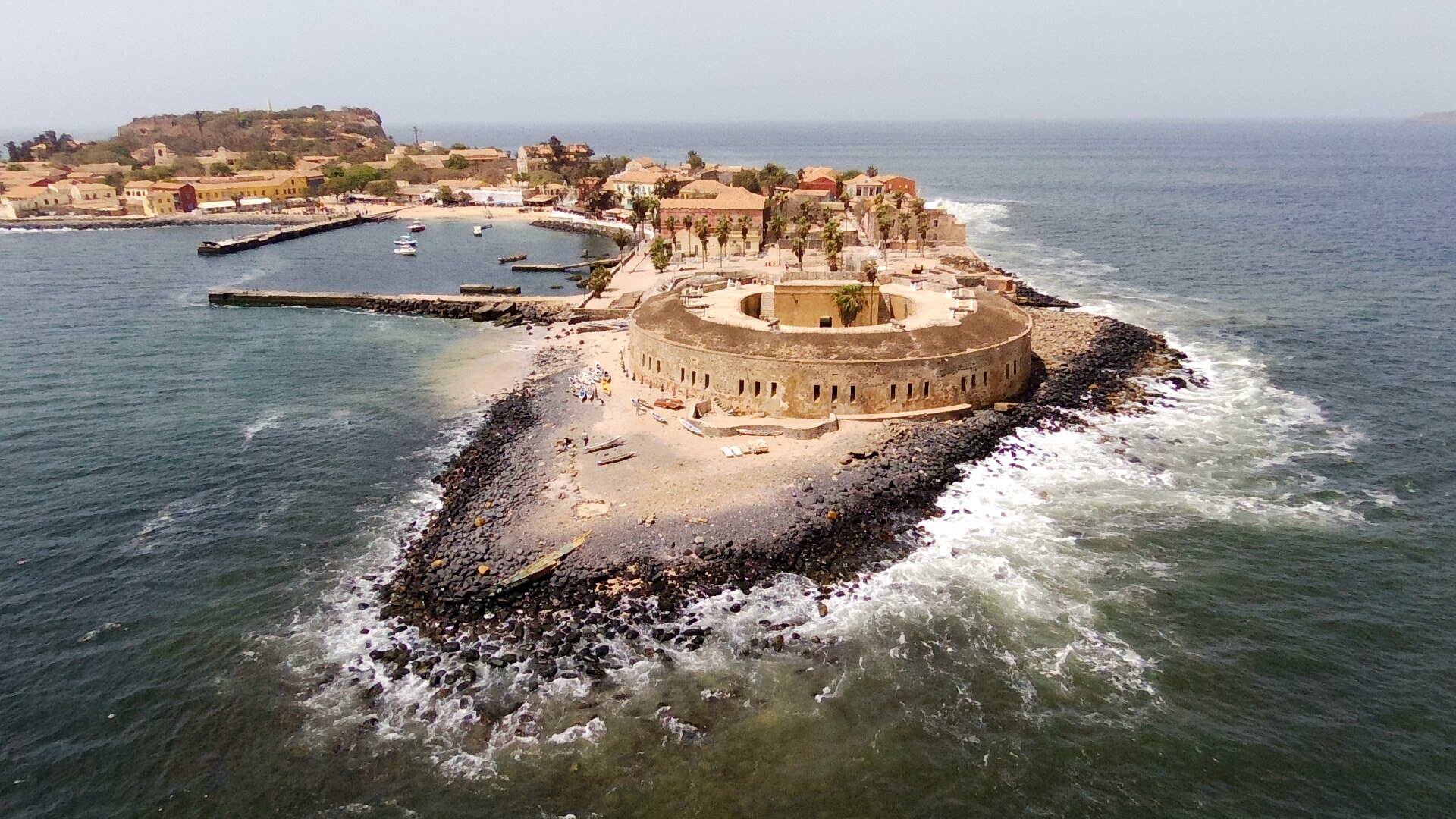
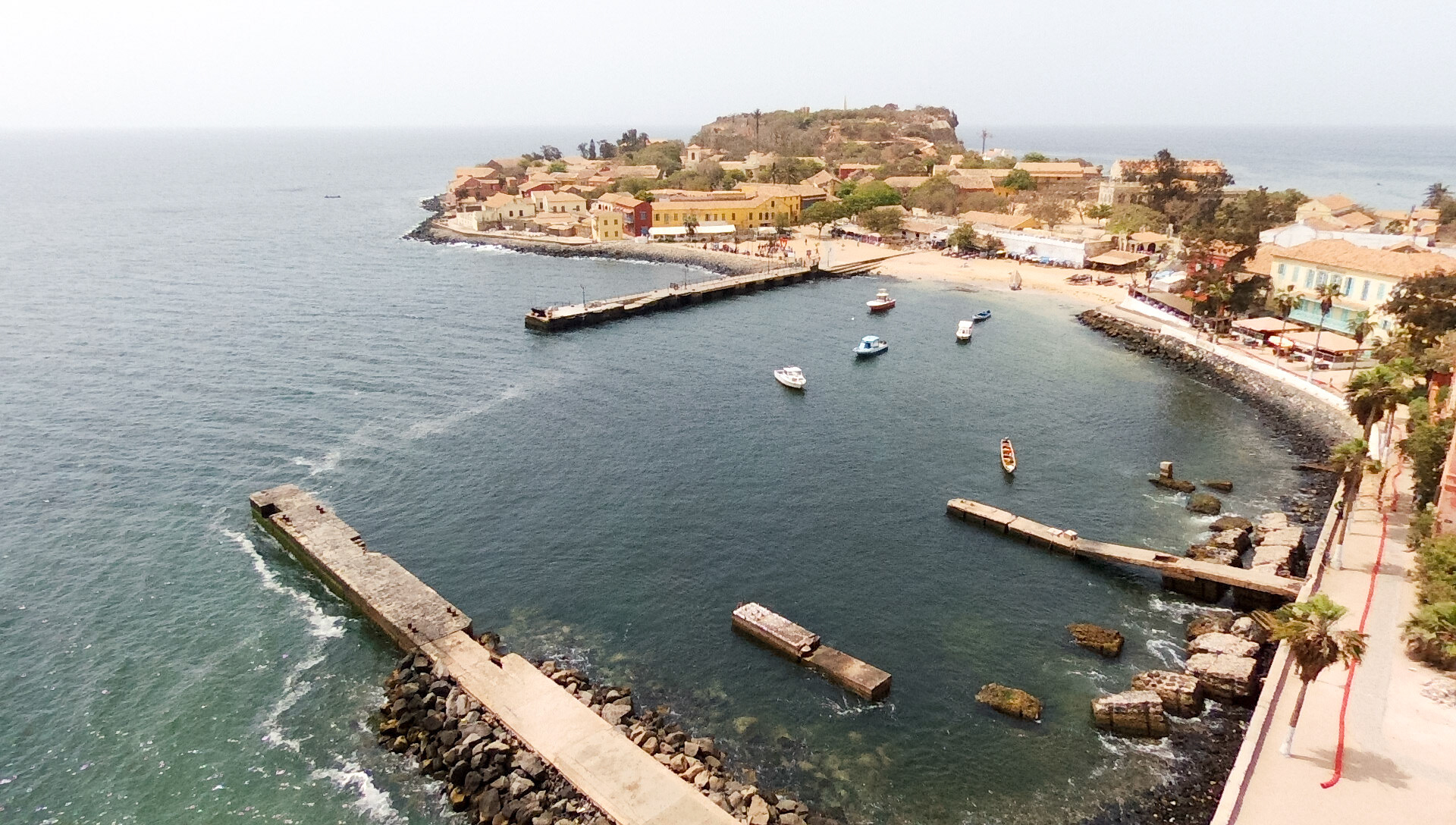
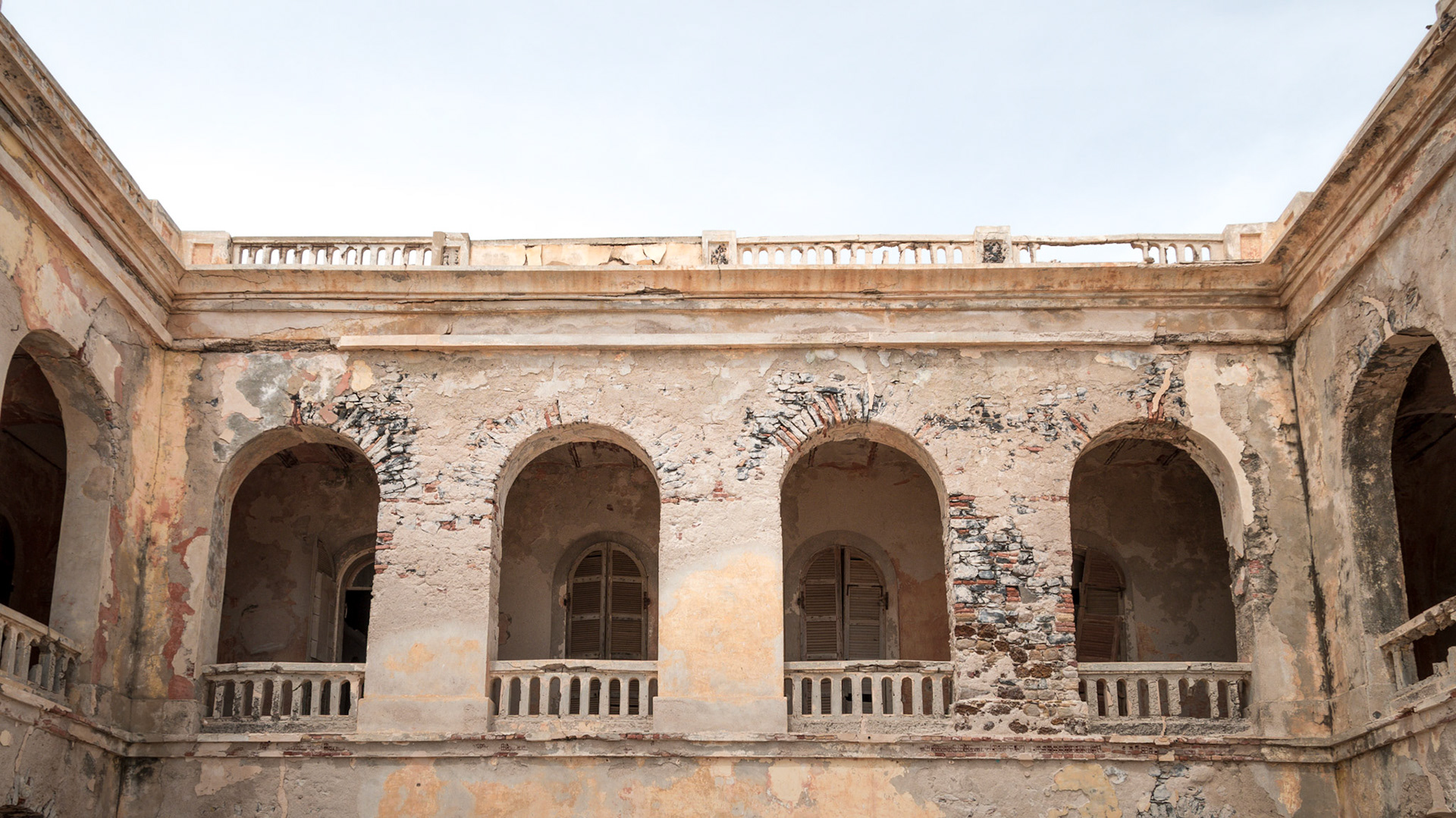
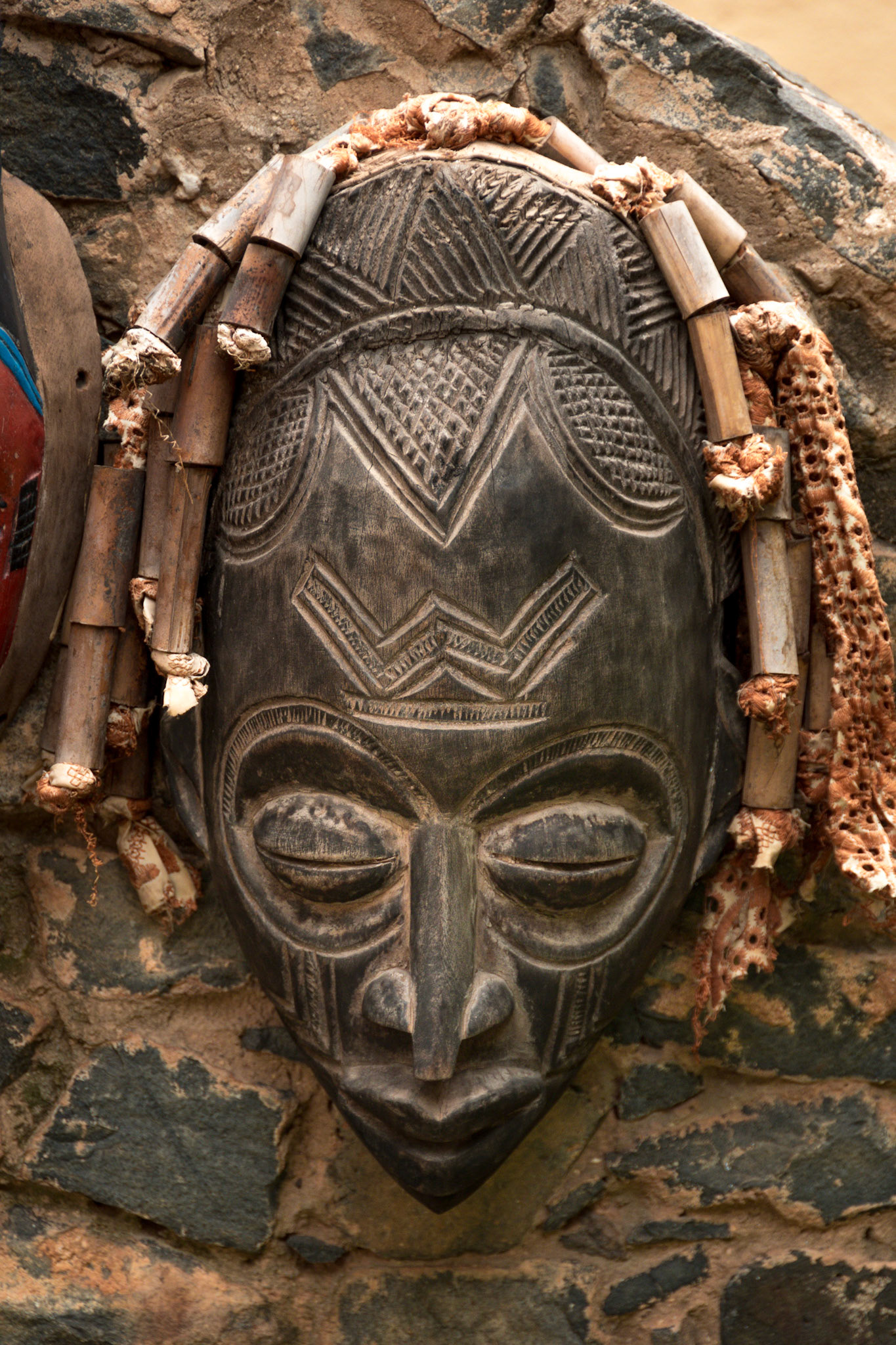
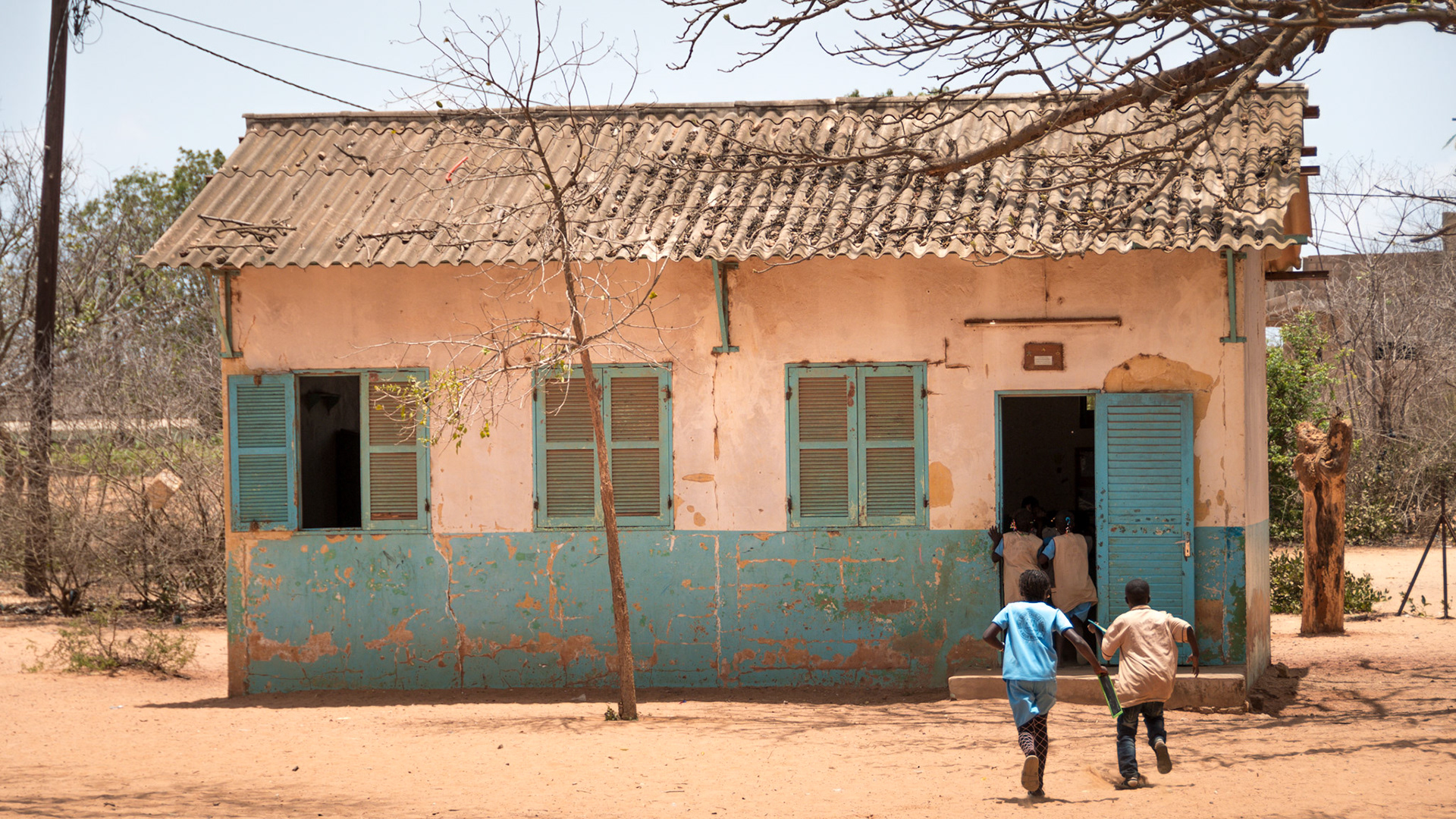
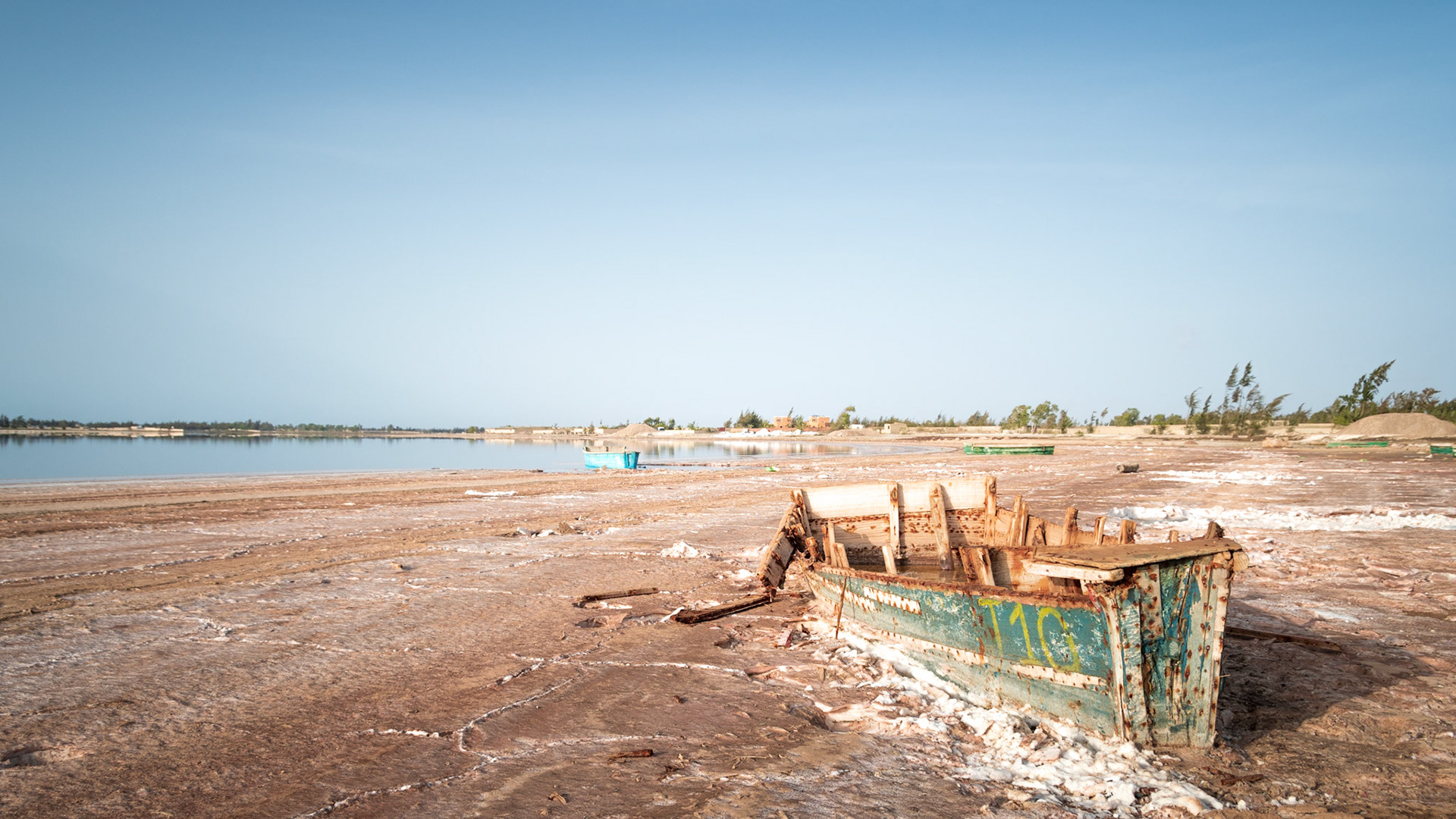
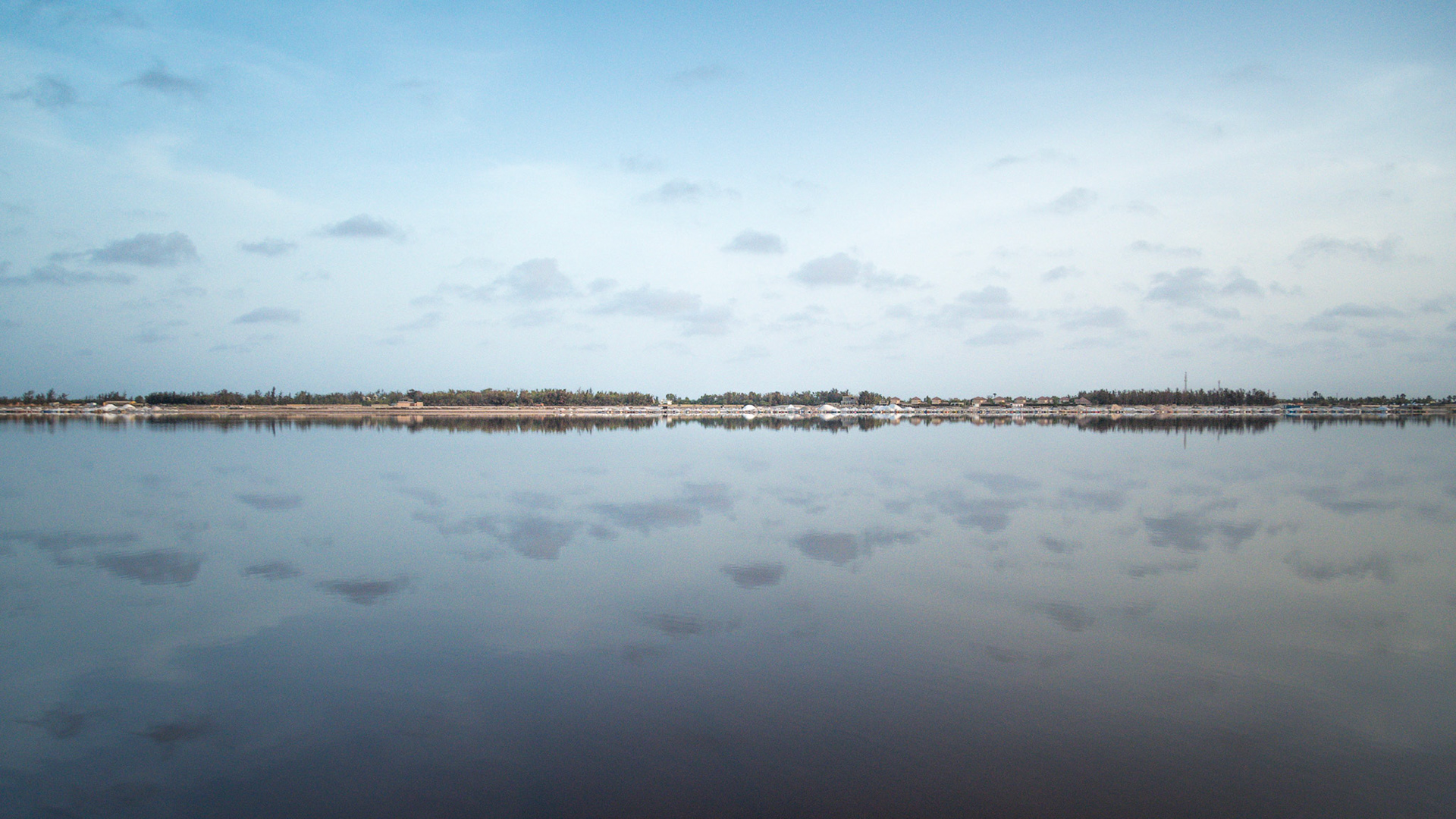
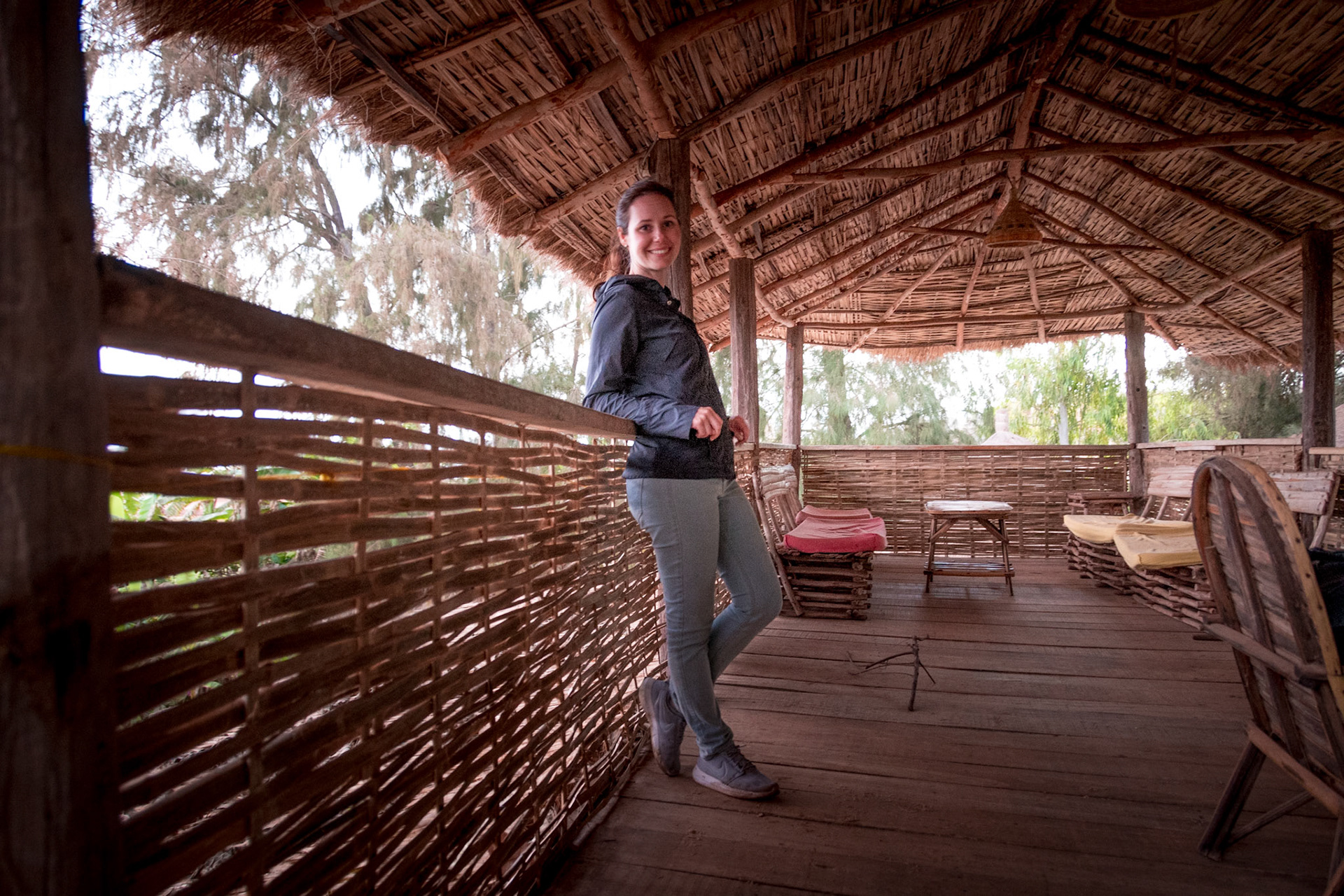
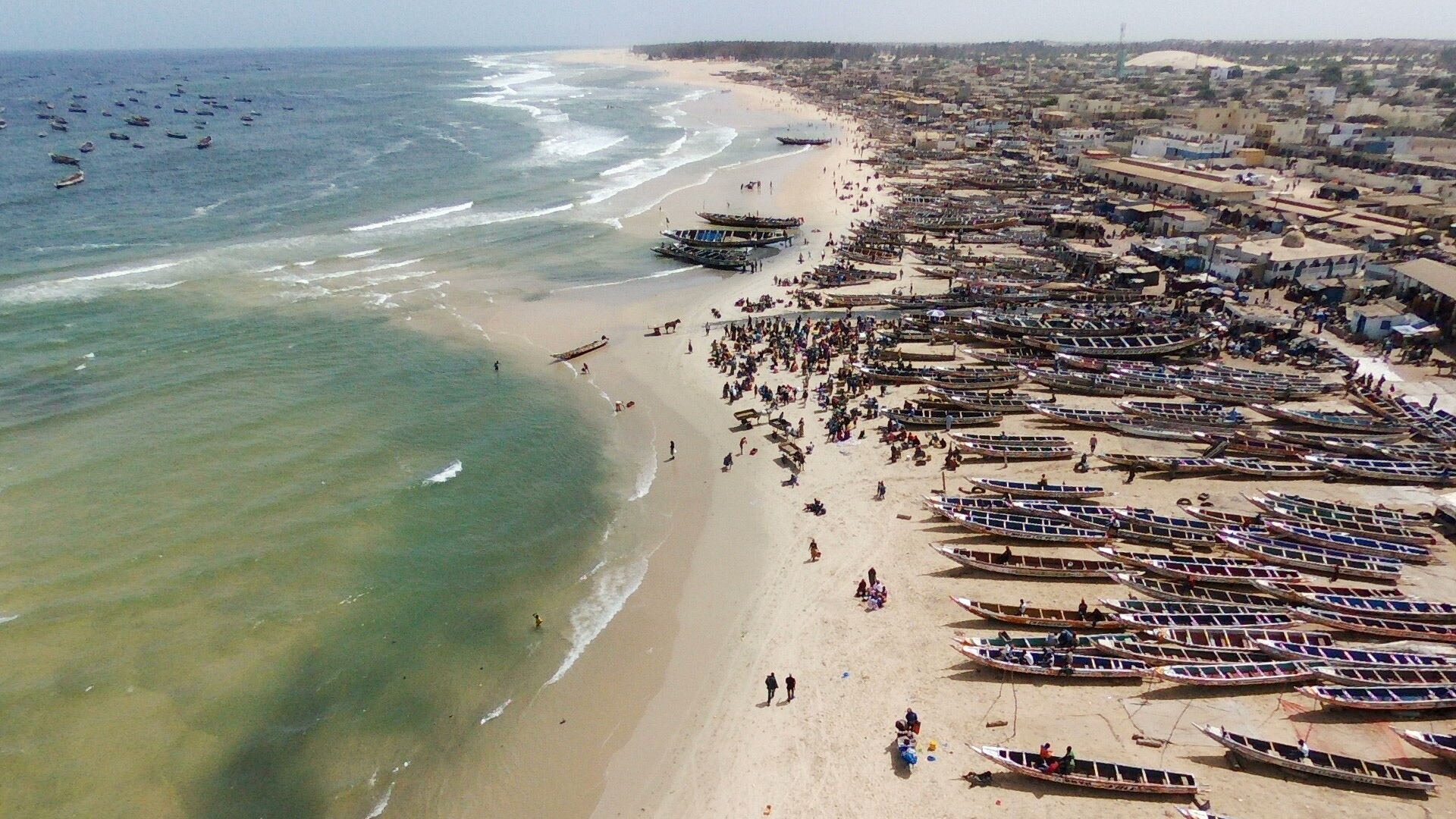
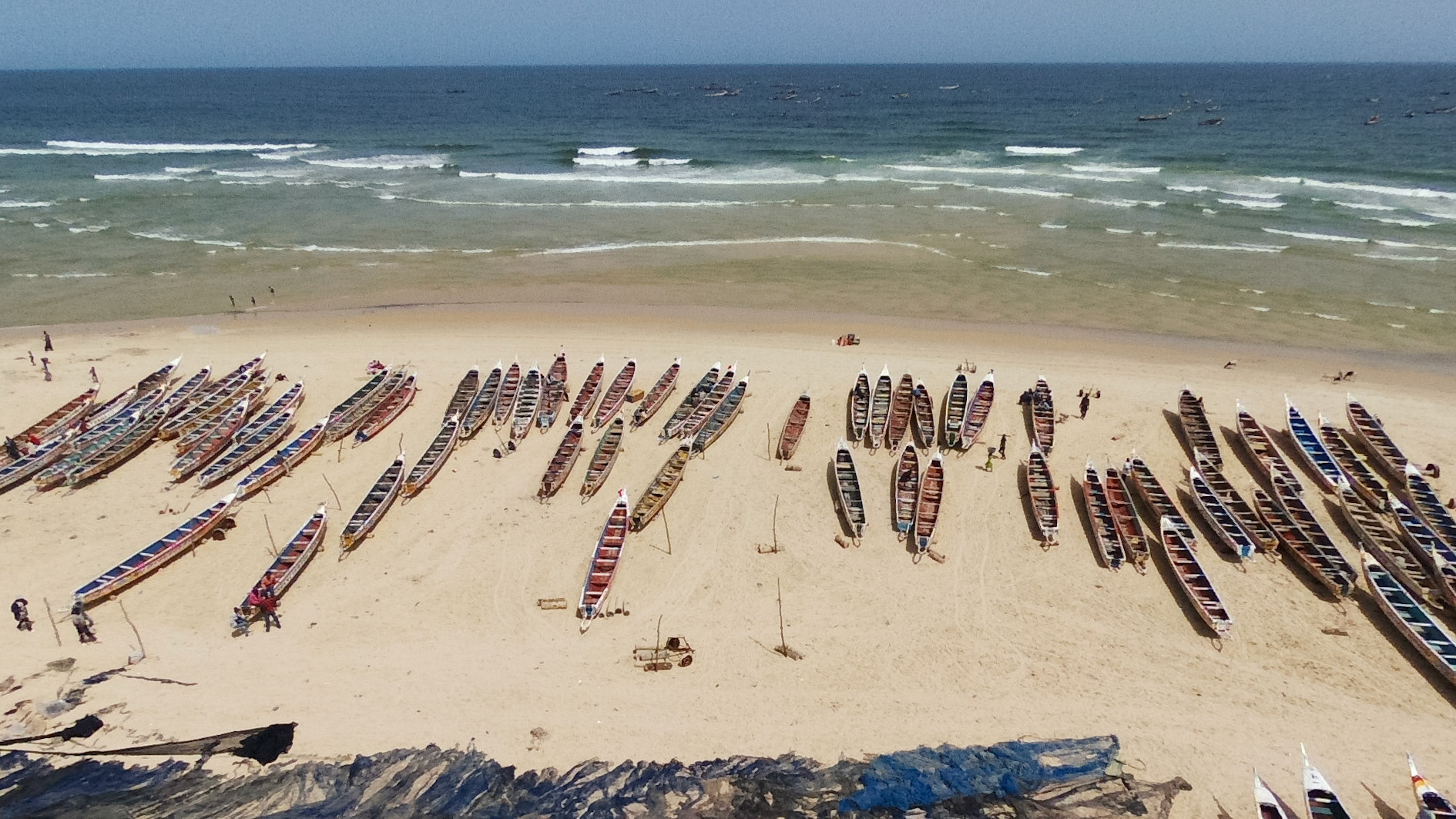
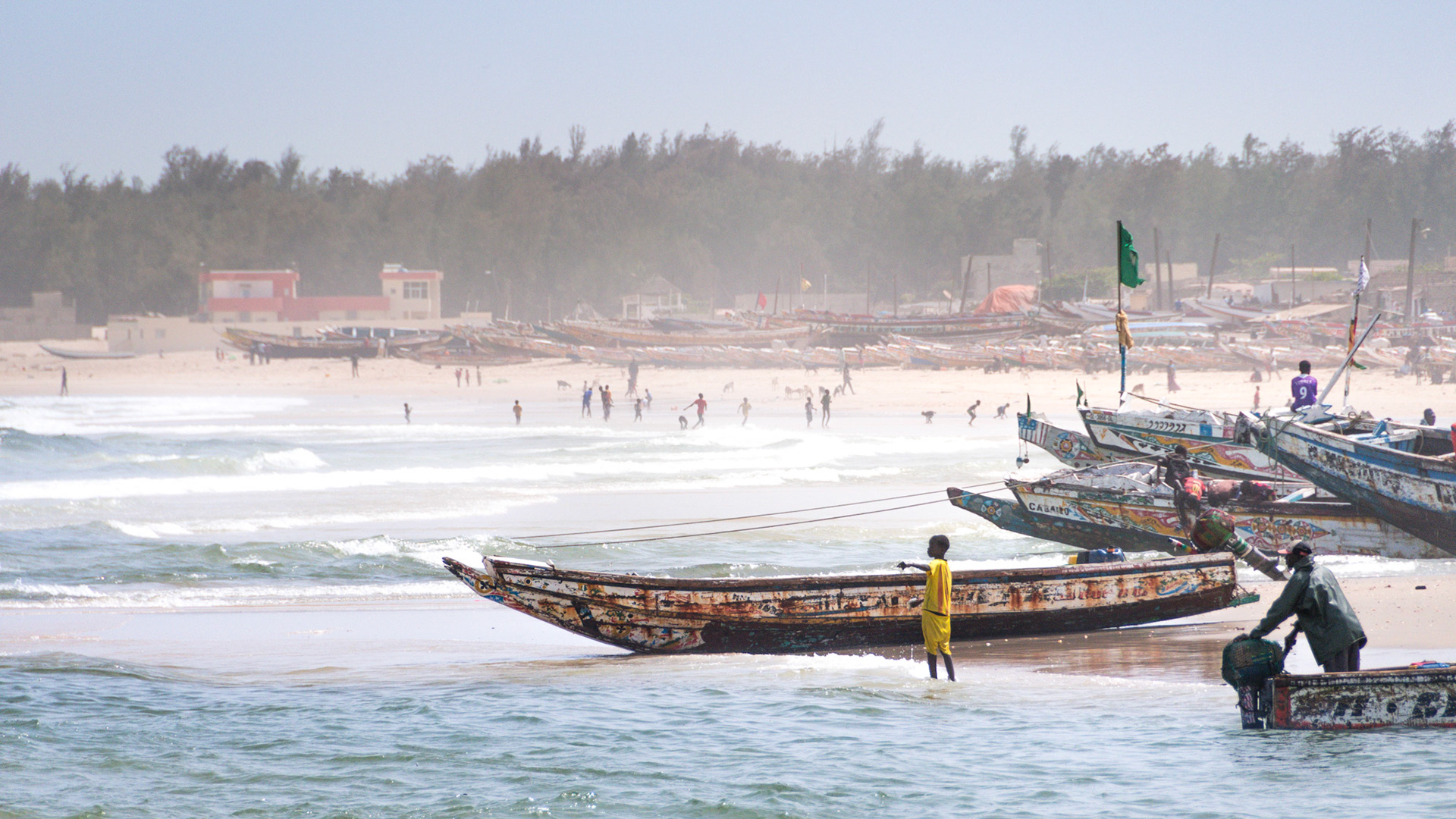
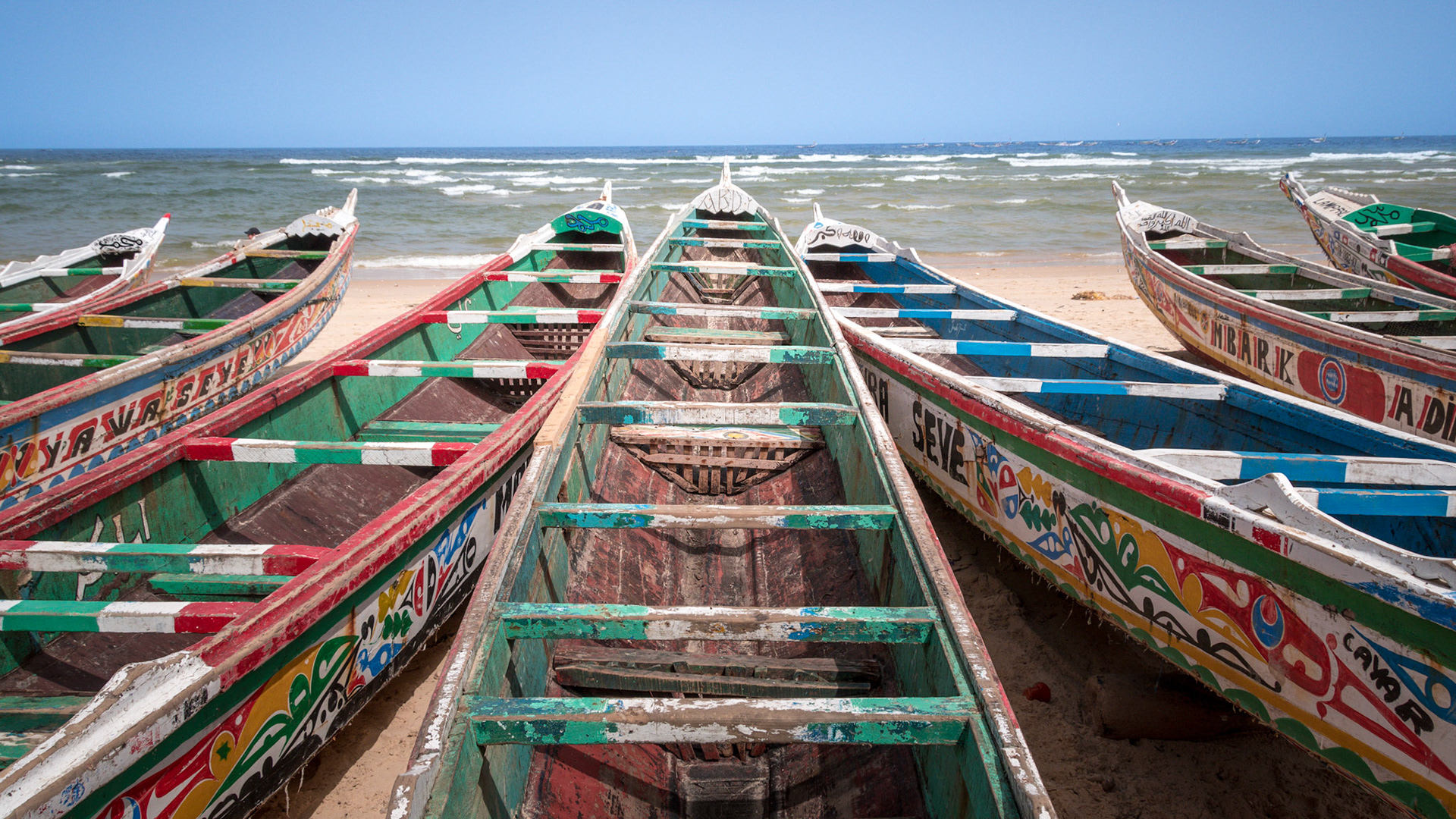
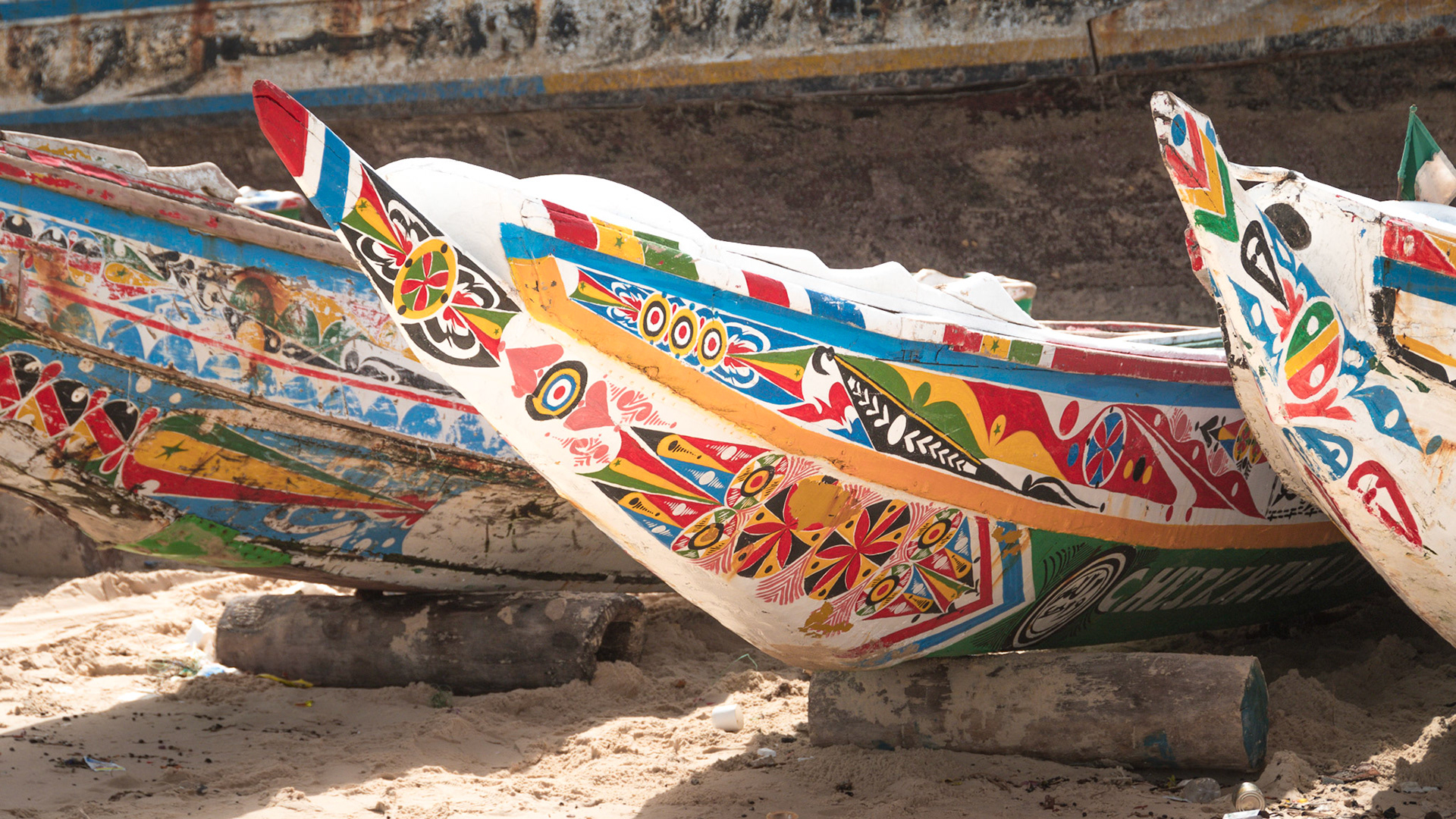
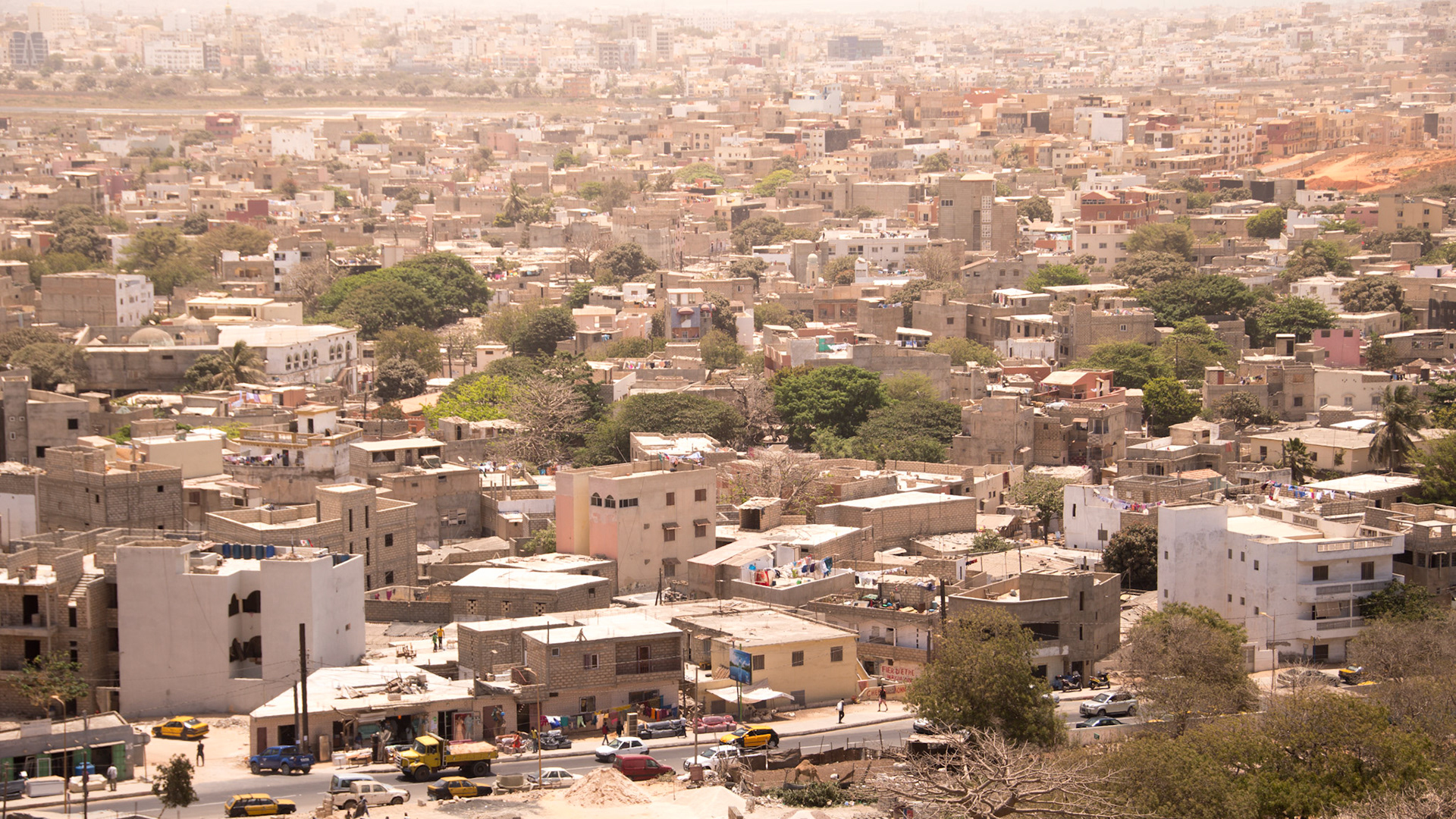
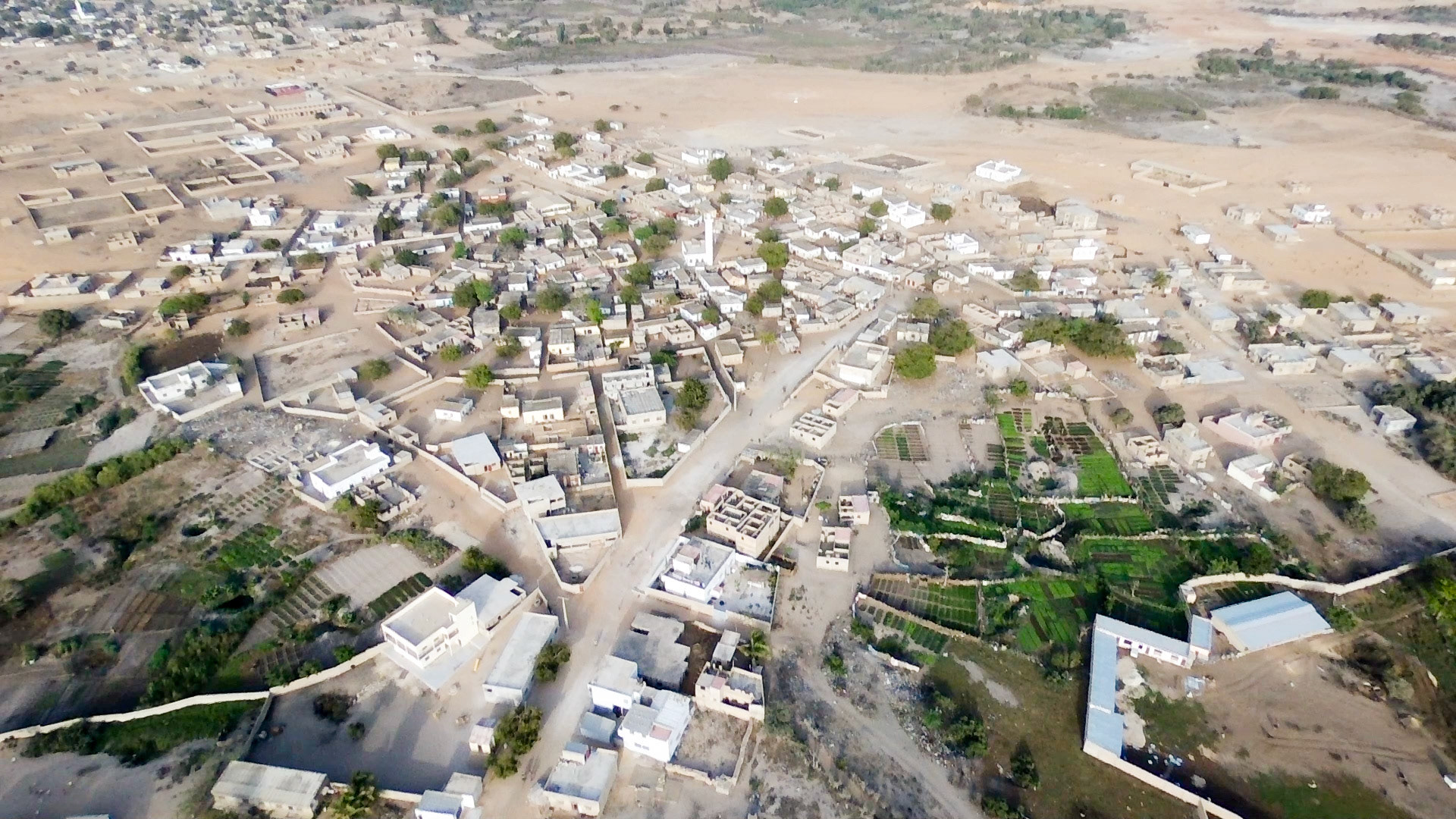
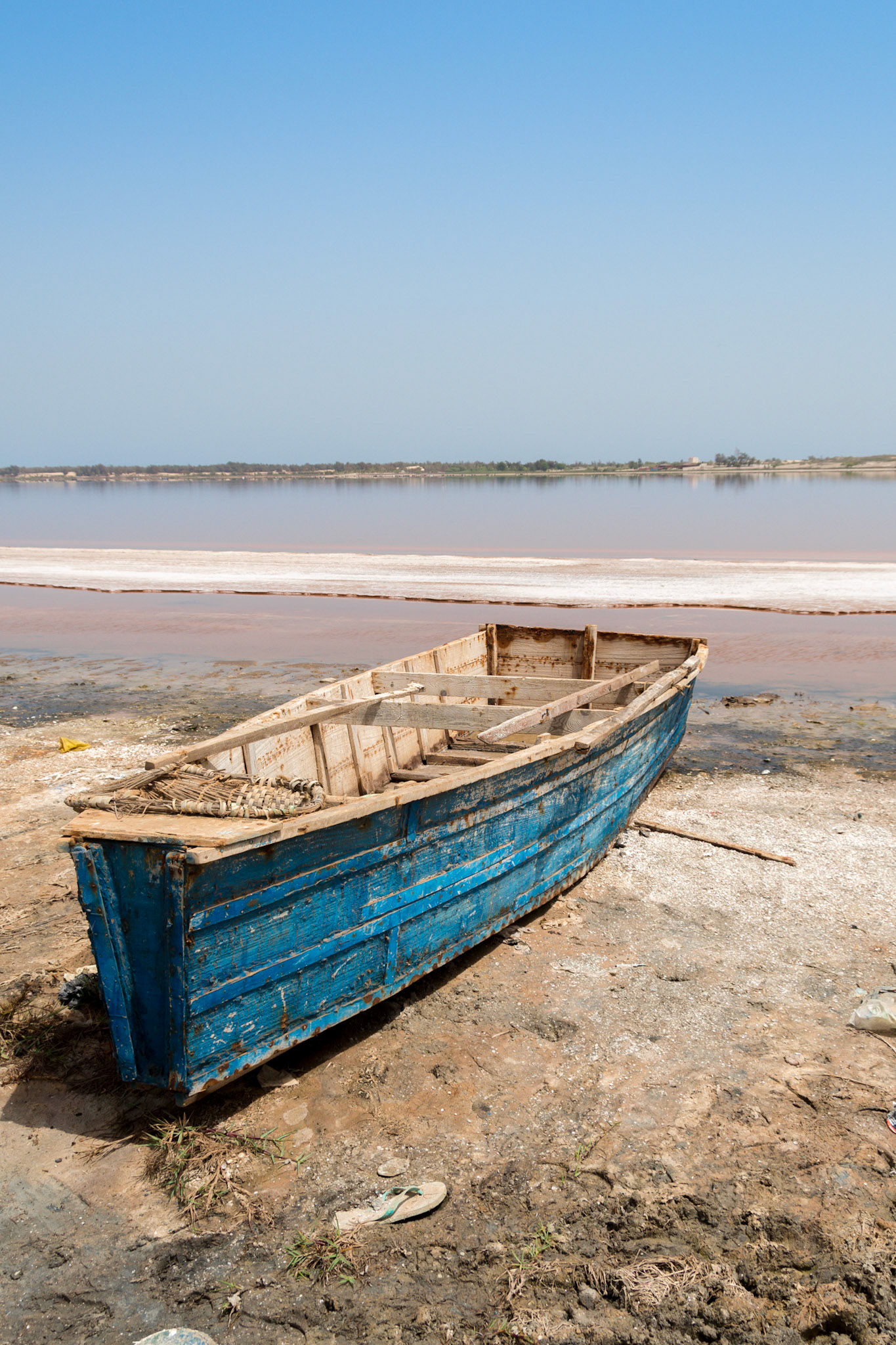
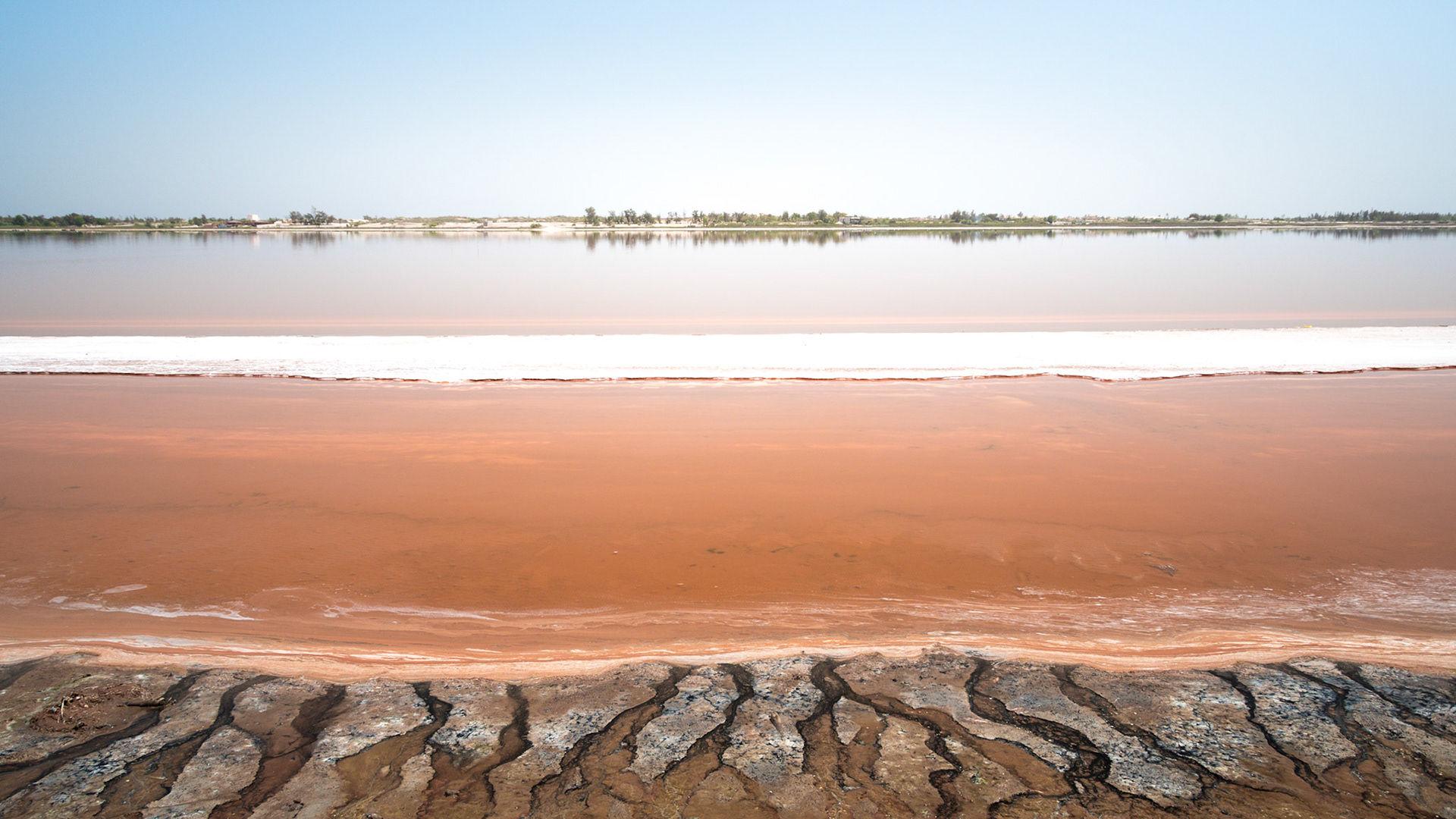
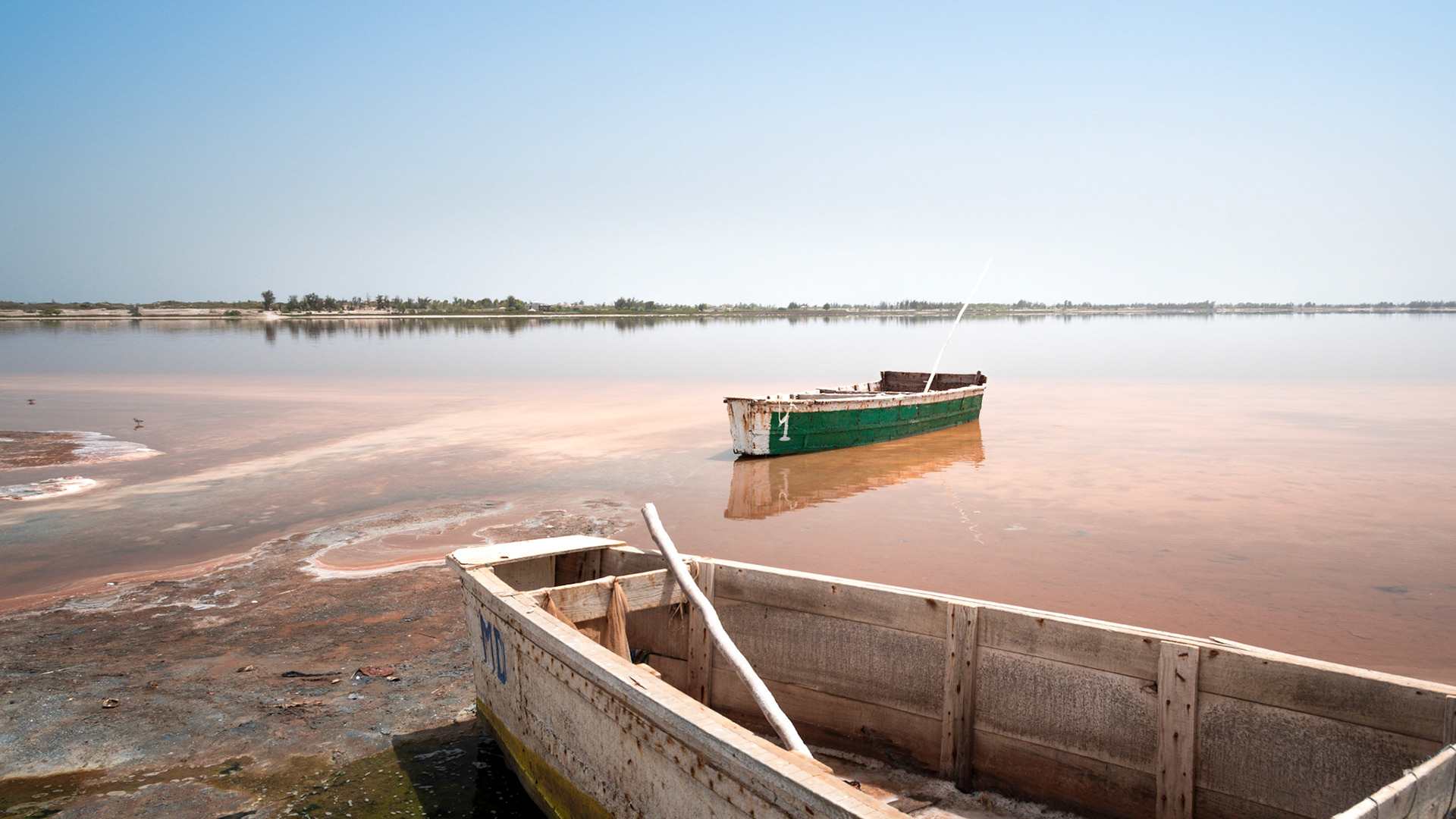
Also known as lake Retba: finishing point of the Dakar Rally before it moved to South America. The boats are used to collect salt from the lake.
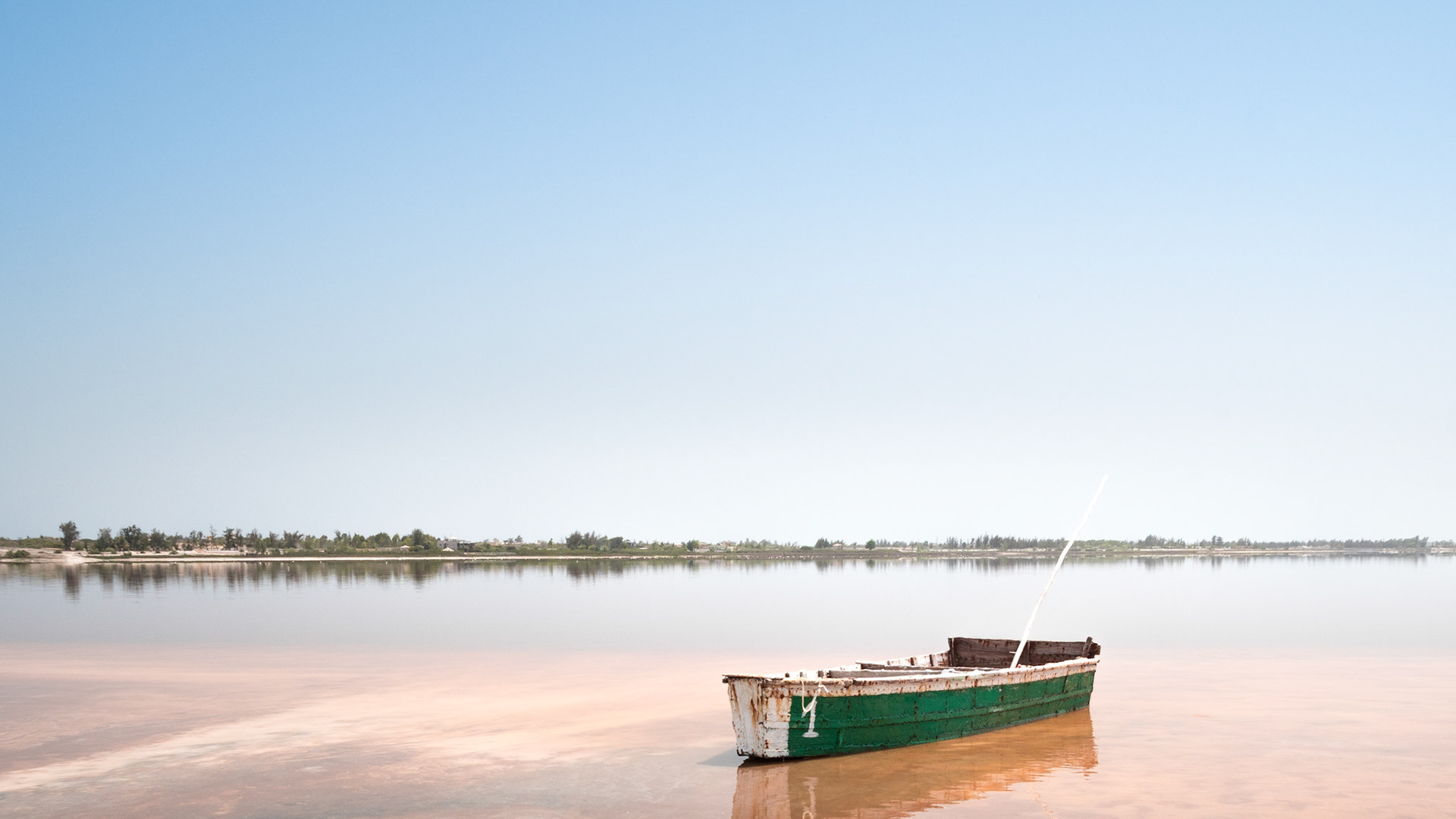
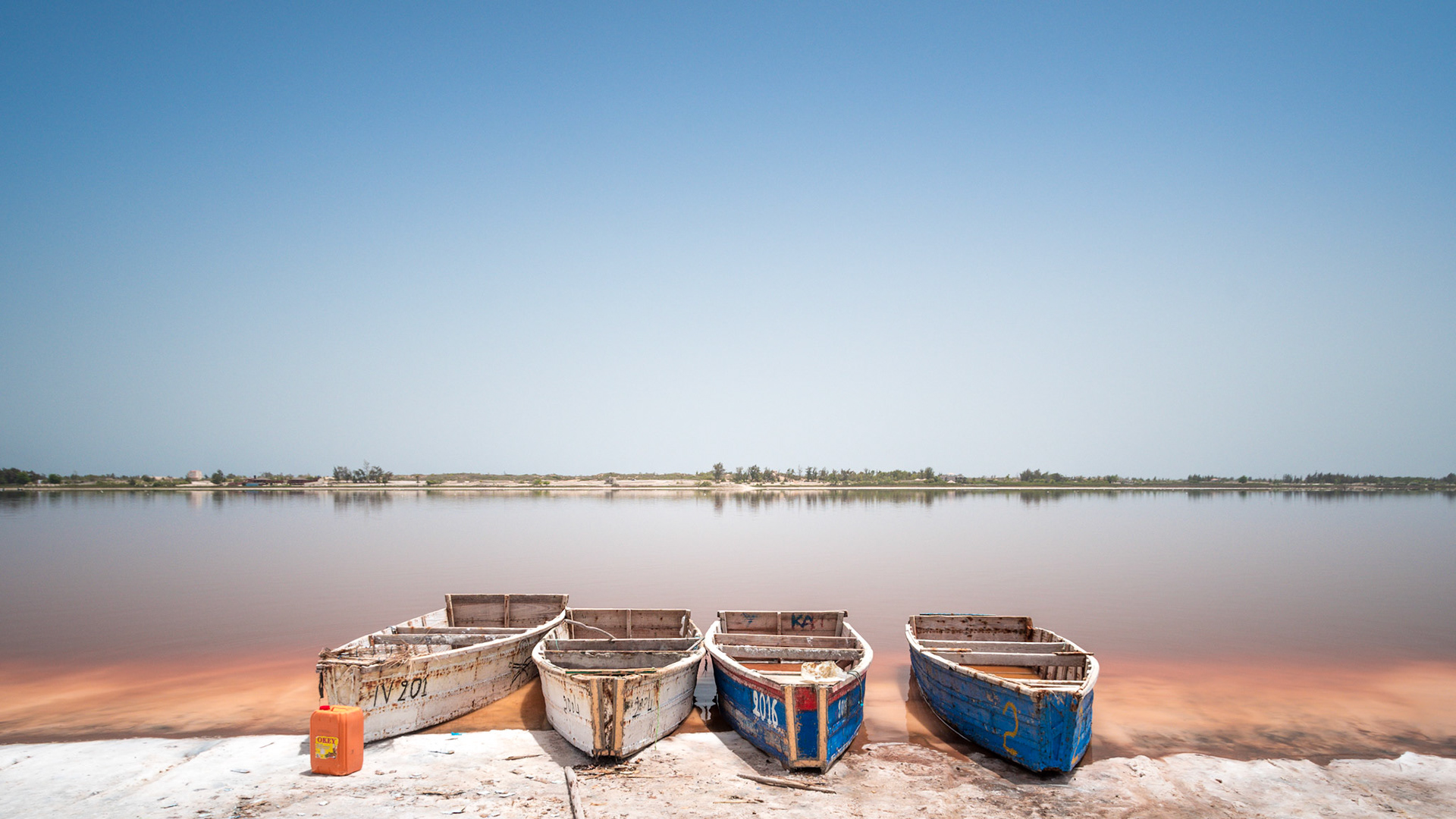
Also known as lake Retba: finishing point of the Dakar Rally before it moved to South America. The boats are used to collect salt from the lake.
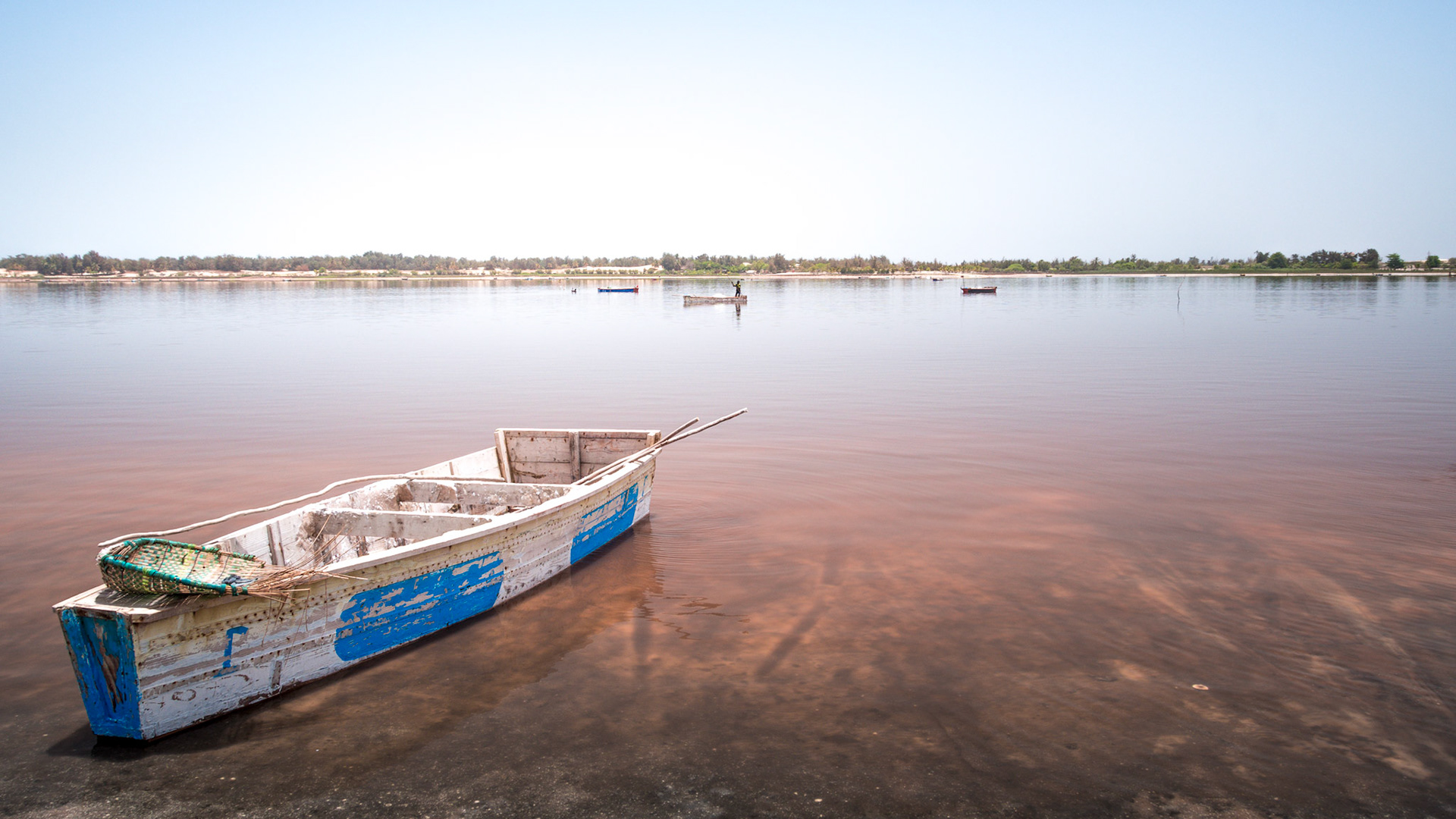
Also known as lake Retba: finishing point of the Dakar Rally before it moved to South America. The boats are used to collect salt from the lake.
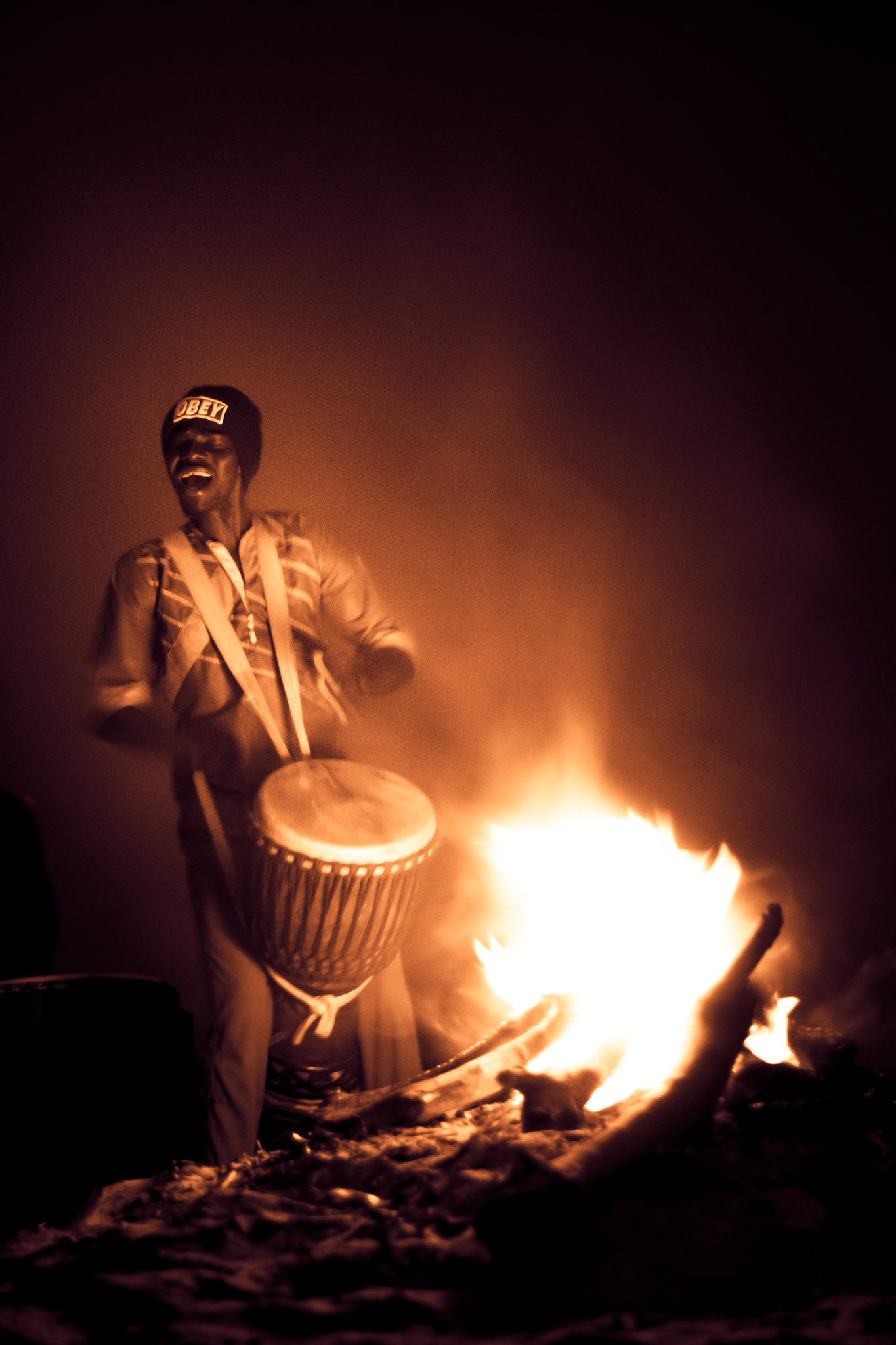
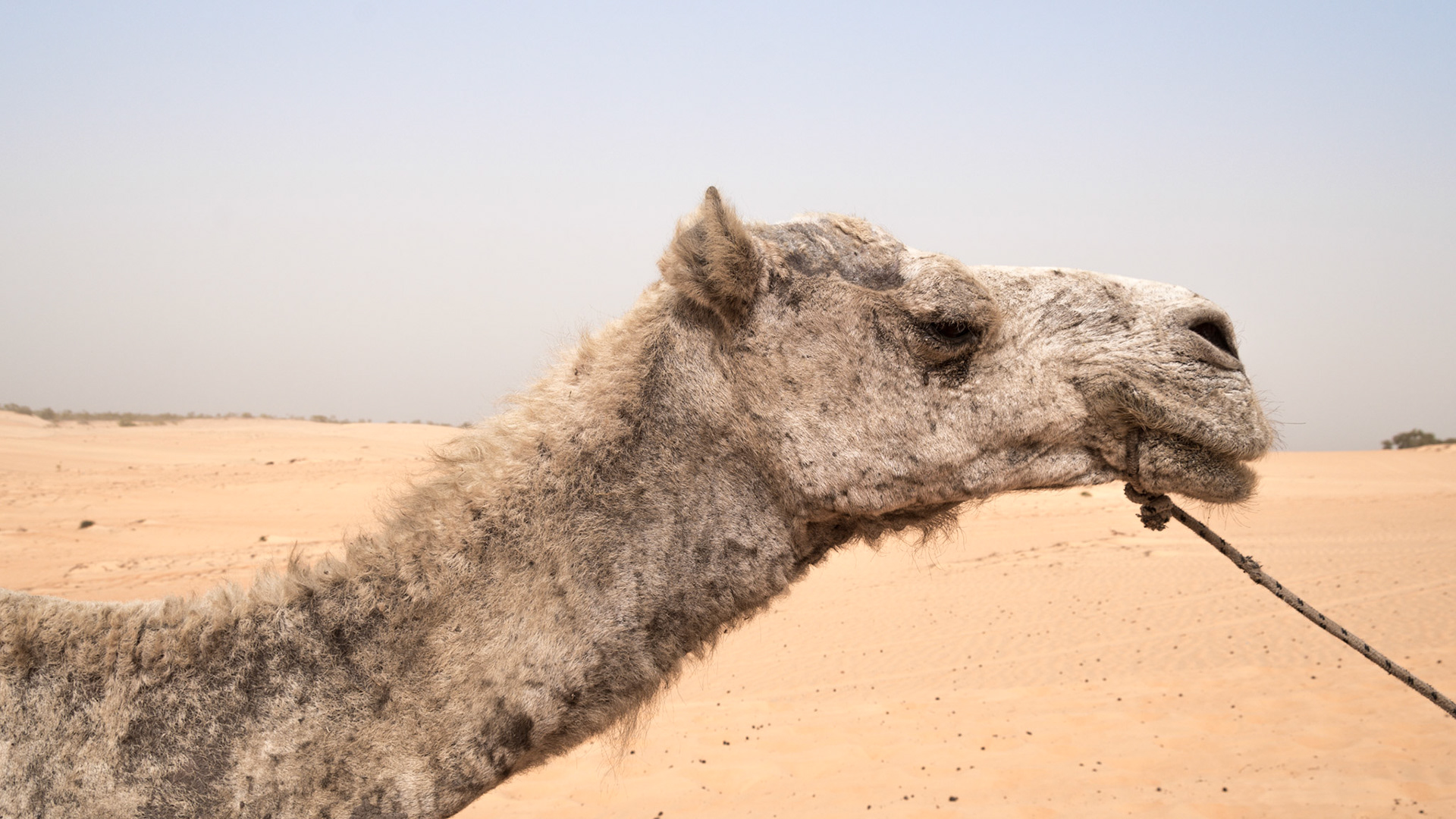
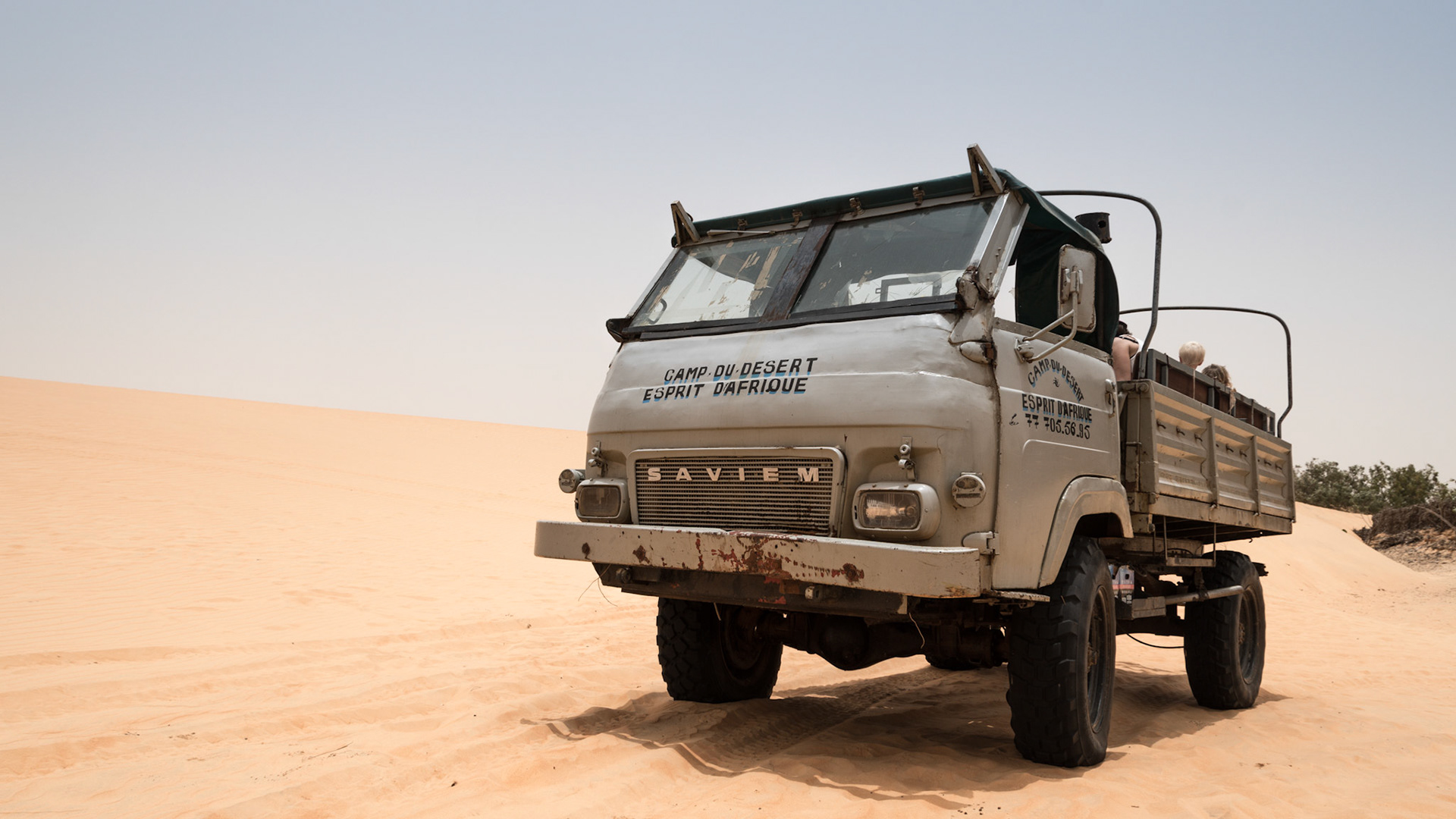
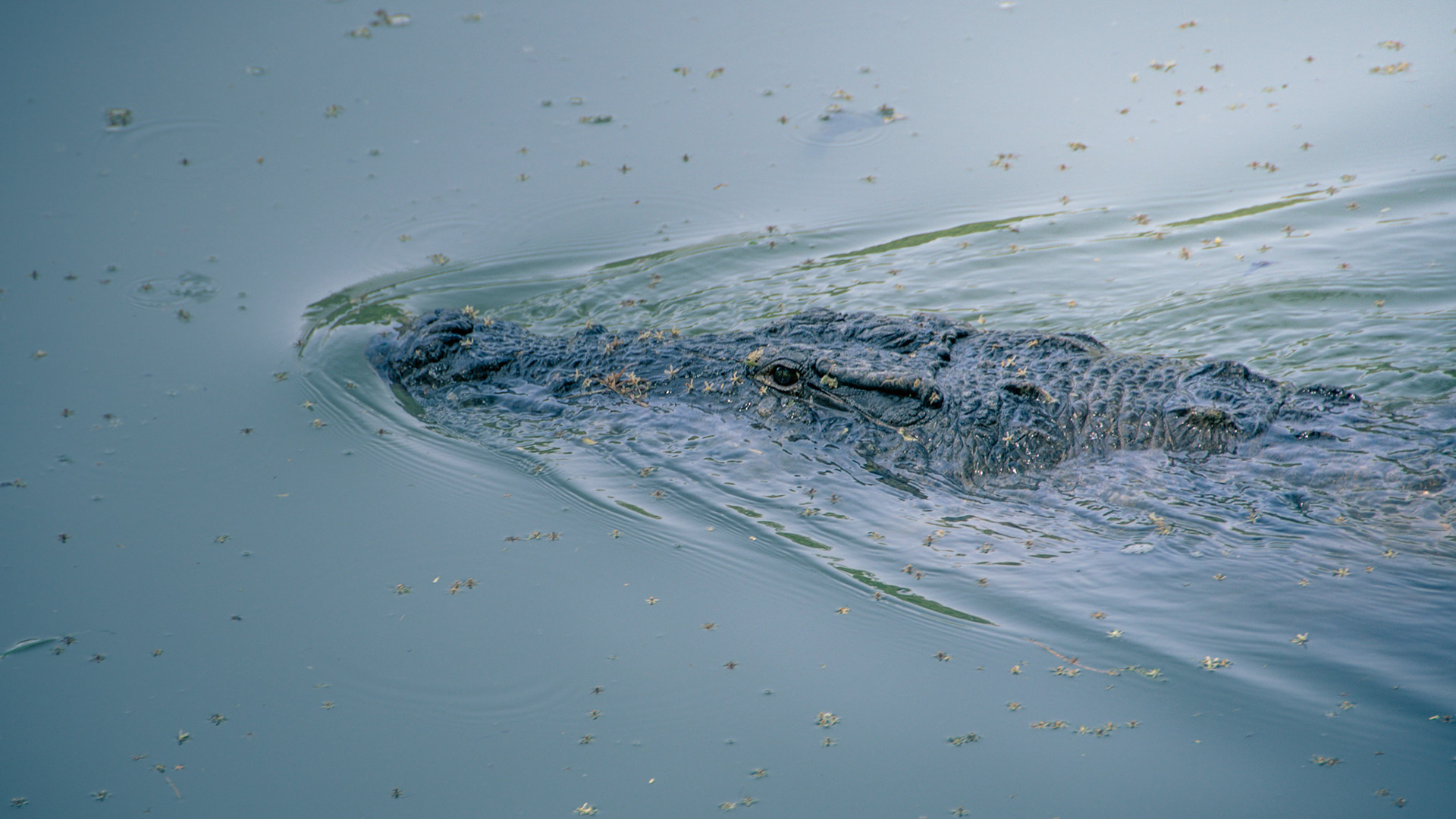
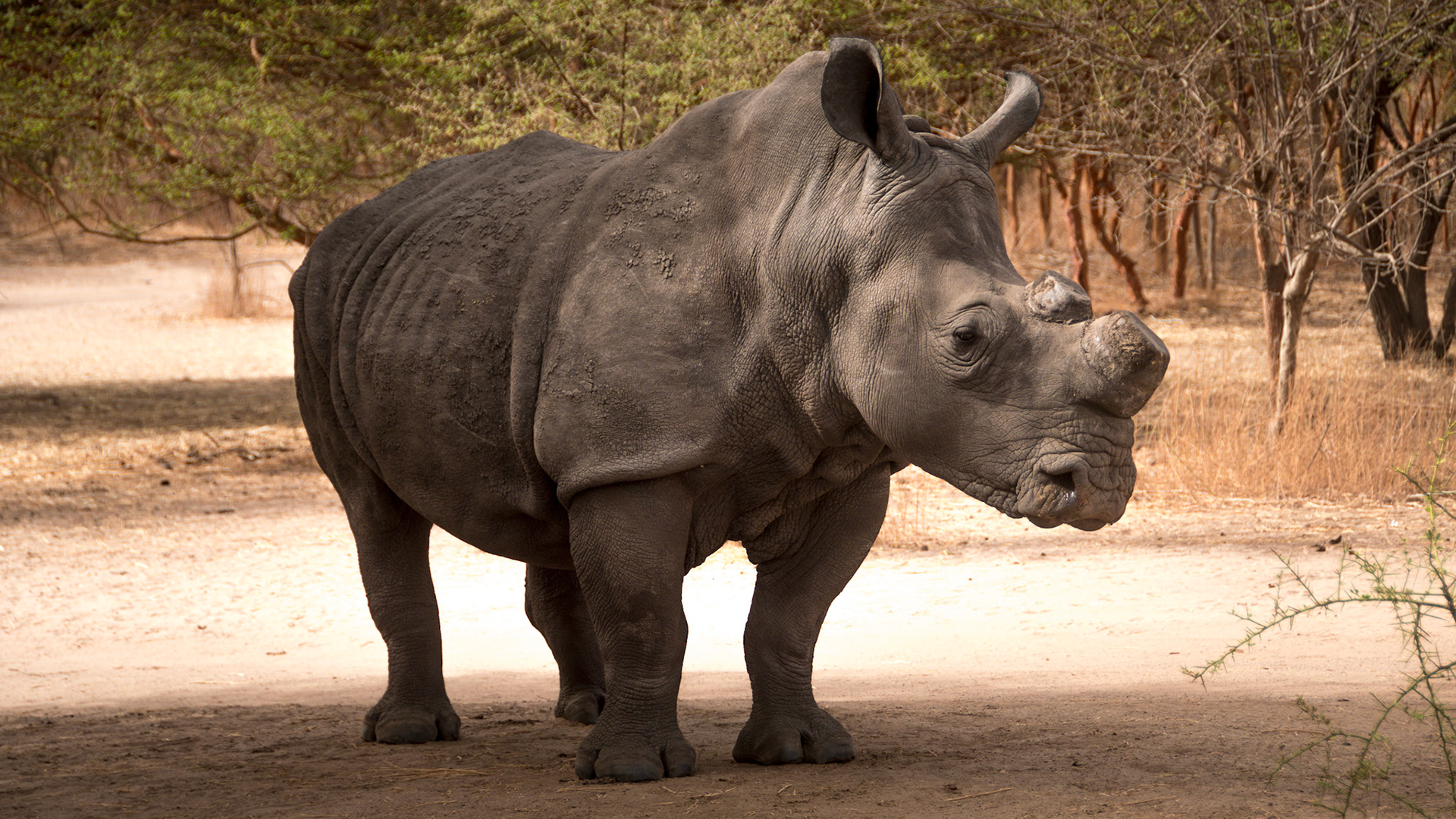
Rhino in Senegal
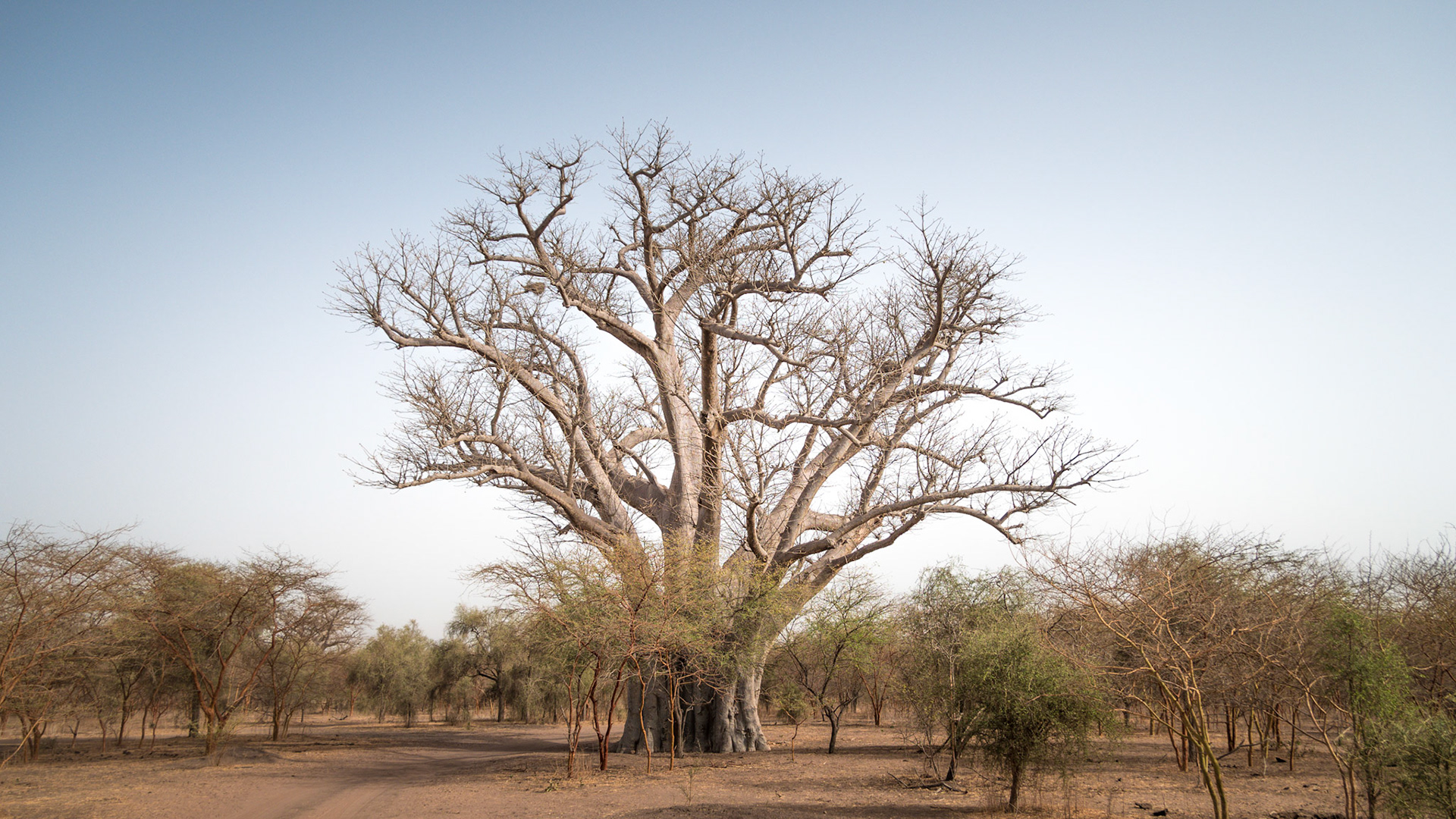
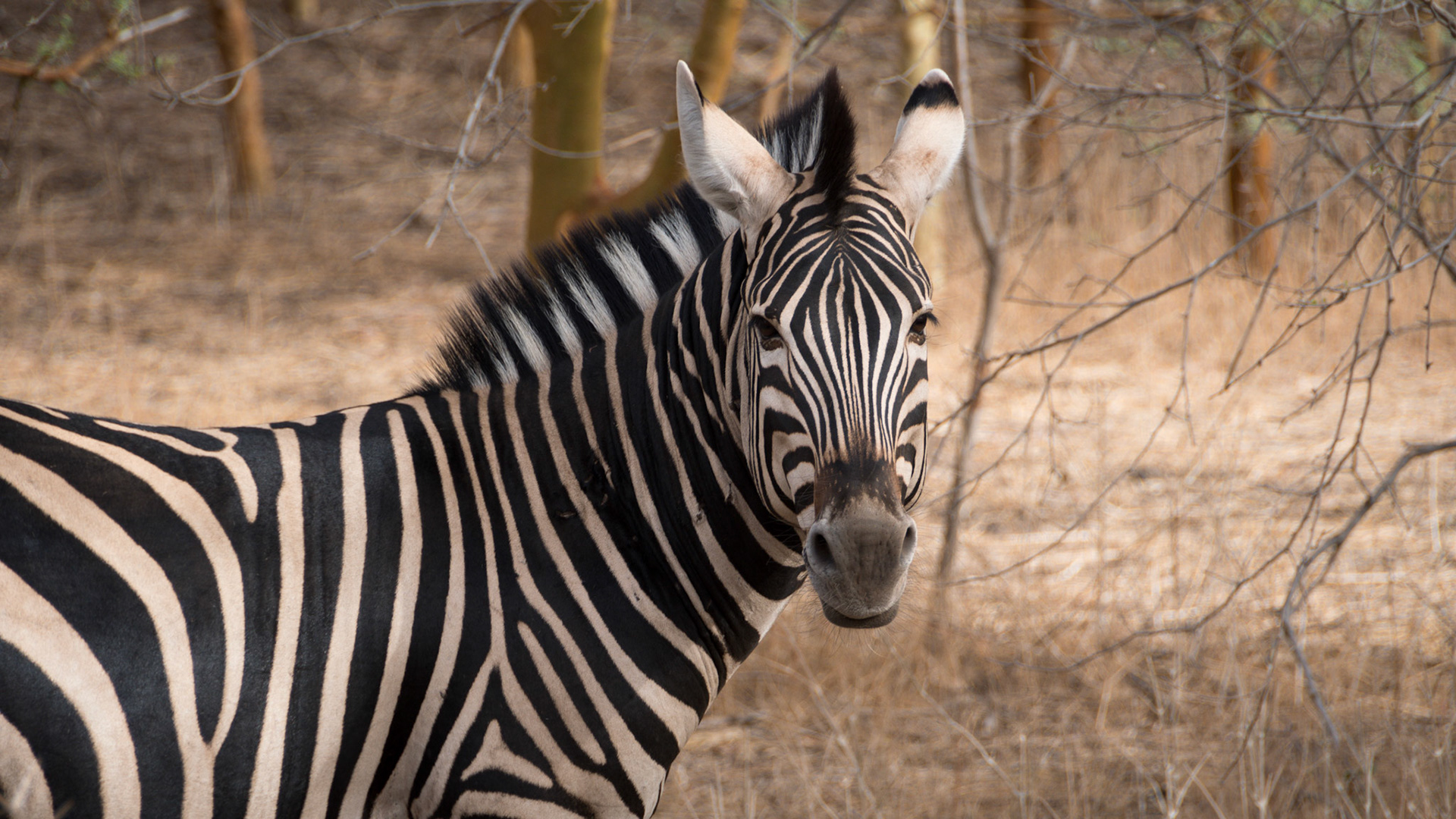
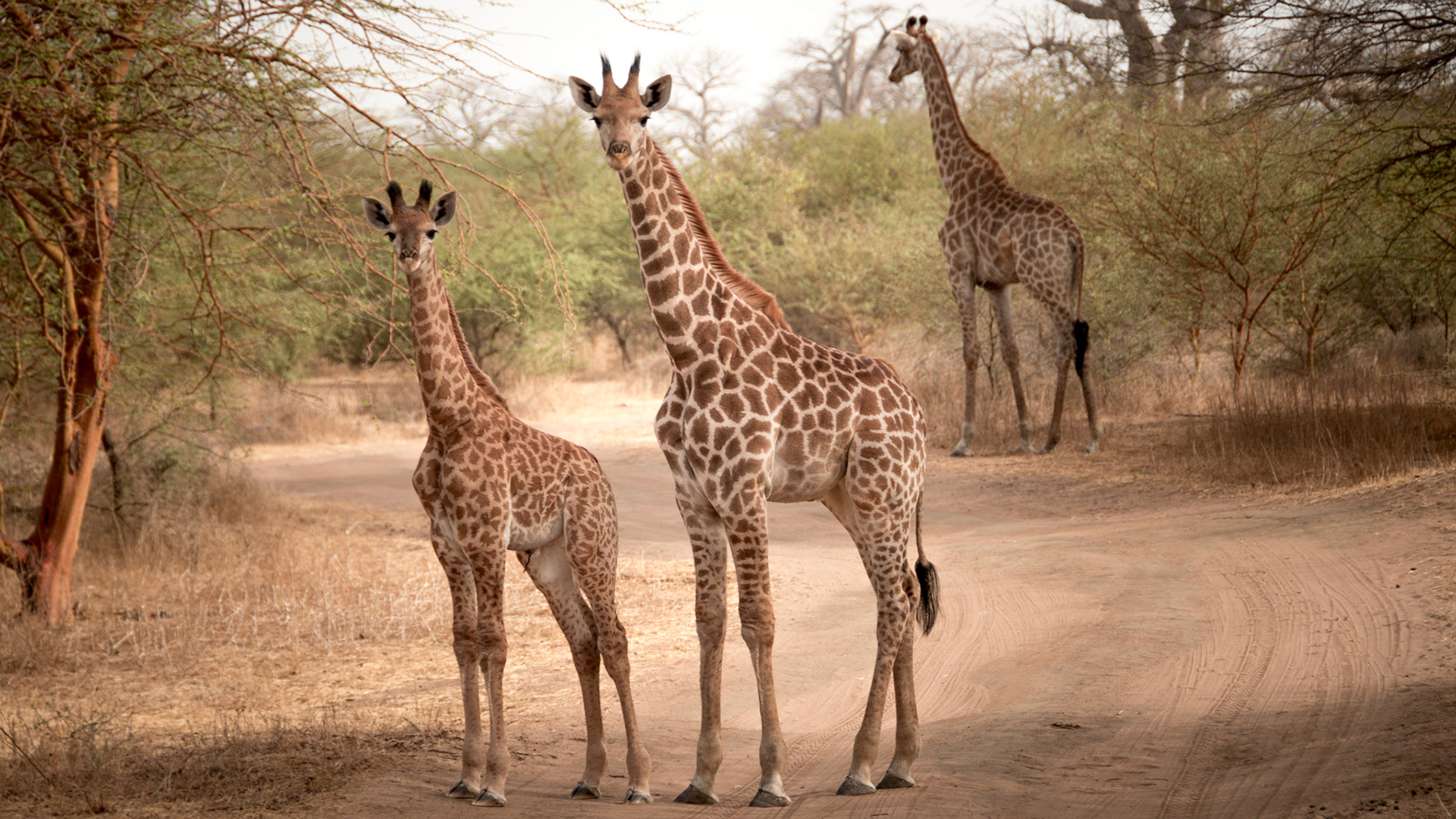
Giraffe in Senegal
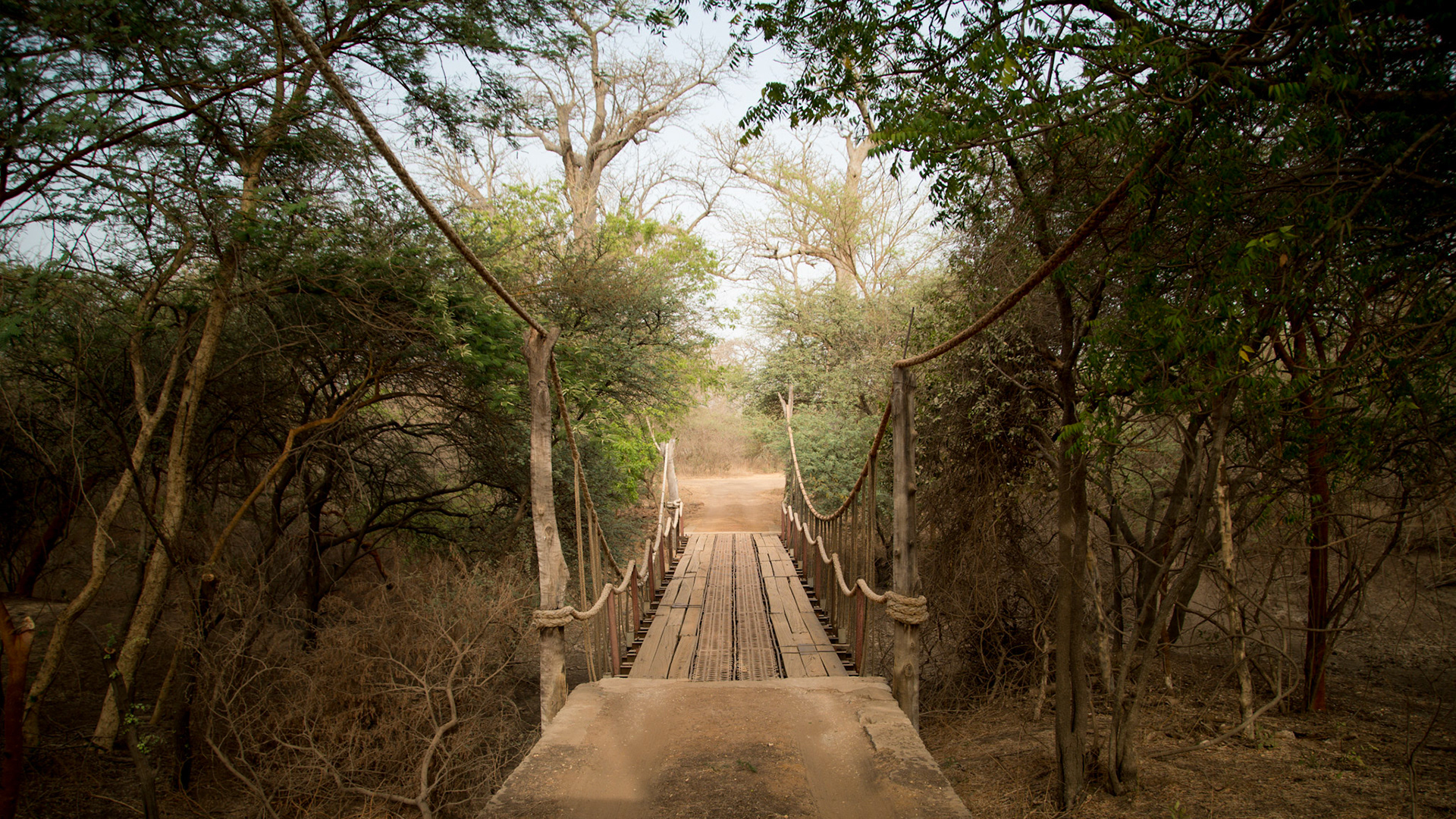
DENI BIRAM NDAO SUD
Michaël and his family live in the region of the Lac Rose, in a small village called Deni Biram Ndao Sud. At the time we visited, they were the only white family among the 1,500 inhabitants.
Compared to Hong Kong's frenetic lifestyle, we liked how, despite their minimal resources, the locals enjoy a calm and healthy life. One thing that we appreciated particularly was their kindness. It seems everyone is acquainted with each other and it is beautiful to see how they enjoy spending time caring about how your day, family or health is going.
Most of the villagers take care of livestock or agriculture and some work in small shops selling basic day to day necessities. The streets are limited to sand and cars coexist with carts pulled by donkeys or horses. Most of the houses are surrounded by a wall often separating them from an improvised landfill.
Michaël and his wife, Fiona, work together in an NGO helping street children by providing them an education. We had the chance to collaborate in a workshop at the school's library where we had a great time playing board games and reading books with the children. We also accompanied them on a cultural visit to the African Renaissance Monument in Dakar after which we enjoyed a sunny afternoon at the beach.
LAC ROSE
Deni Biram Ndao is located just 25 minutes from Lake Retba. Although this is its official name, it is also known as the Pink Lake, due to the colour of its waters caused by an algae that produces a red pigment.
The lake has a high salt content, similar to that of the Dead Sea. We were able to see the salt collectors loading their small boats and carrying the salt to the shore. The women then collect it in large buckets, which they carry on their head until it's deposited in piles of salt. A hard work for the inhabitants of this region, not only in terms of the physical effort but also because of the abrasive effect the salt has on the skin.
KAYAR
Our next excursion was to the fishing village of Kayar, located some 60 km north east of Dakar. This is where big game fishing takes place in the region. Hundreds of fishermen catch thousands of fishes with their picturesque canoes. On the shore, we joined the fishermen and women retailers bargaining in one big market and bought the fish we would have for dinner later on.
DESERT OF LOMPOUL
It took a fun 15-minute drive in a 4x4 truck jumping through the dunes of the Lompoul desert to arrive at the camp named "Le Camp du Désert". The camp had around ten tents, a bar with a terrace and a restaurant tent where they serve some of the local specialties.
After leaving our things in the tent, we went off to the desert to enjoy the sunset. Jonathan didn't hesitate to take out the drone for a spin and add to our collection of panoramas. Unfortunately, one of the sensors must have failed, sending the drone speeding straight towards a nearby dromedary that was quietly resting. The dromedary was lucky and given his expression, we're not even sure he noticed the drone crash just a few meters from him. After the shock, we took advantage of the soft temperature of the desert to climb and walk among the dunes as we watched the sunset on the horizon.
At dusk the camp is lit by small lanterns, which gives it a charming atmosphere. After dinner we were invited to sit around a bonfire to enjoy a tea and a music show. Both young and old could not resist and we ended up dancing to the music.
RESERVE OF BANDIA
The last day of this excellent week in Senegal was spent at the Bandia Nature Reserve with Michaël's family. This is where, for many of us, it was our first encounter with a pair of white rhinoceros. We also encountered zebras, giraffes, antelopes and crocodiles, among other animals.